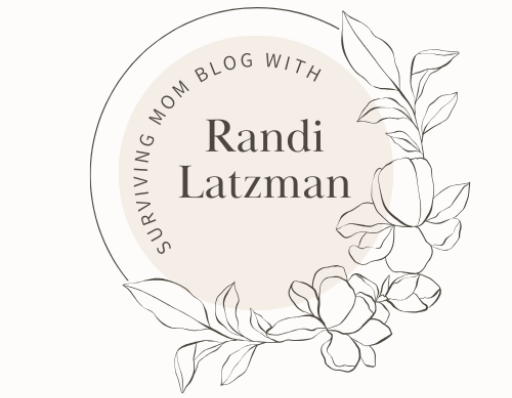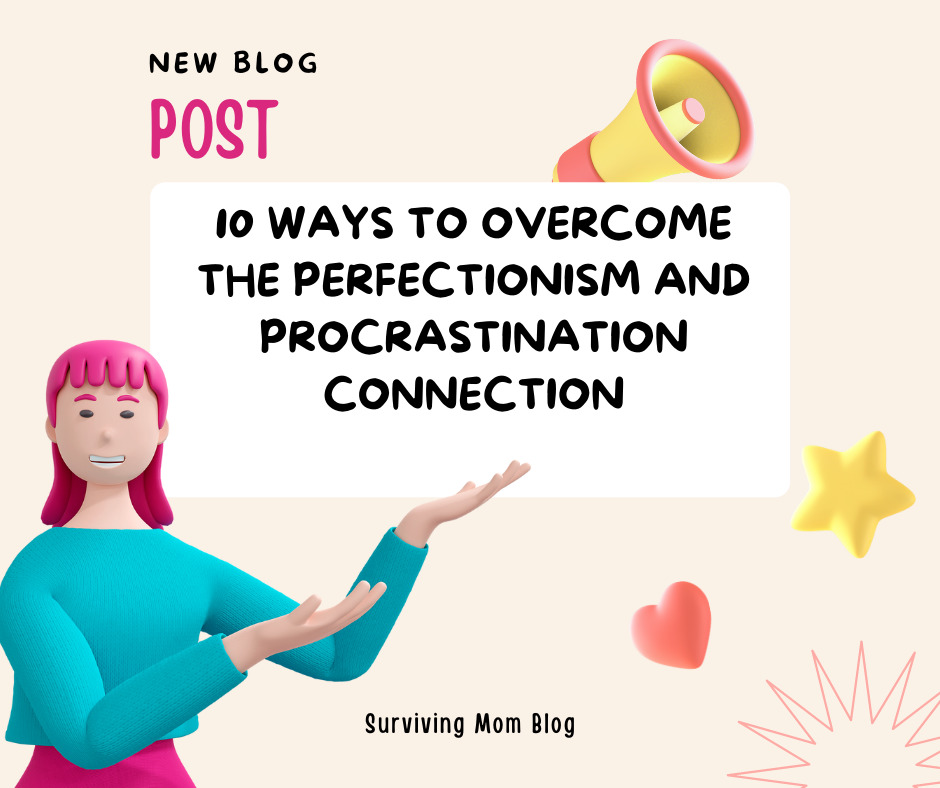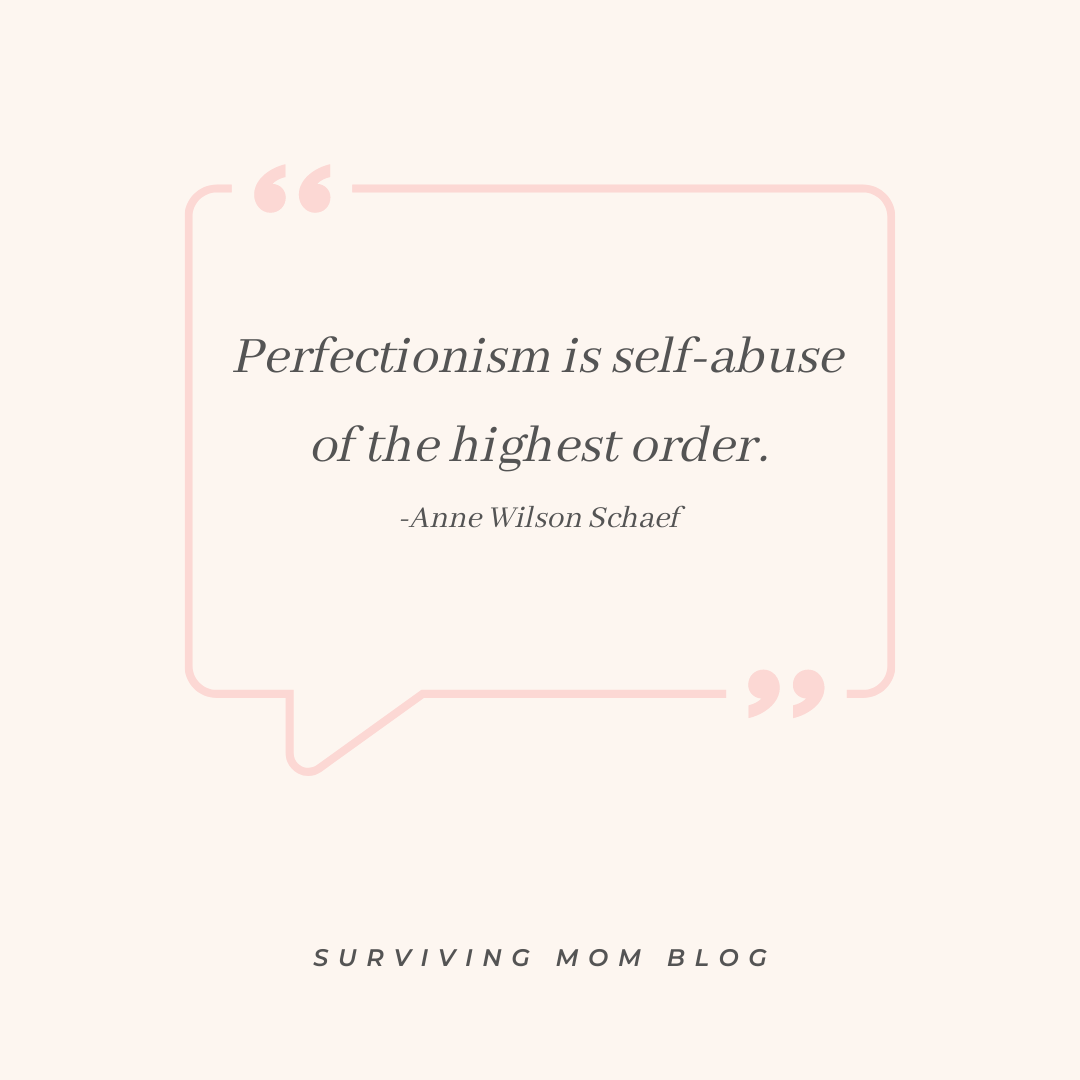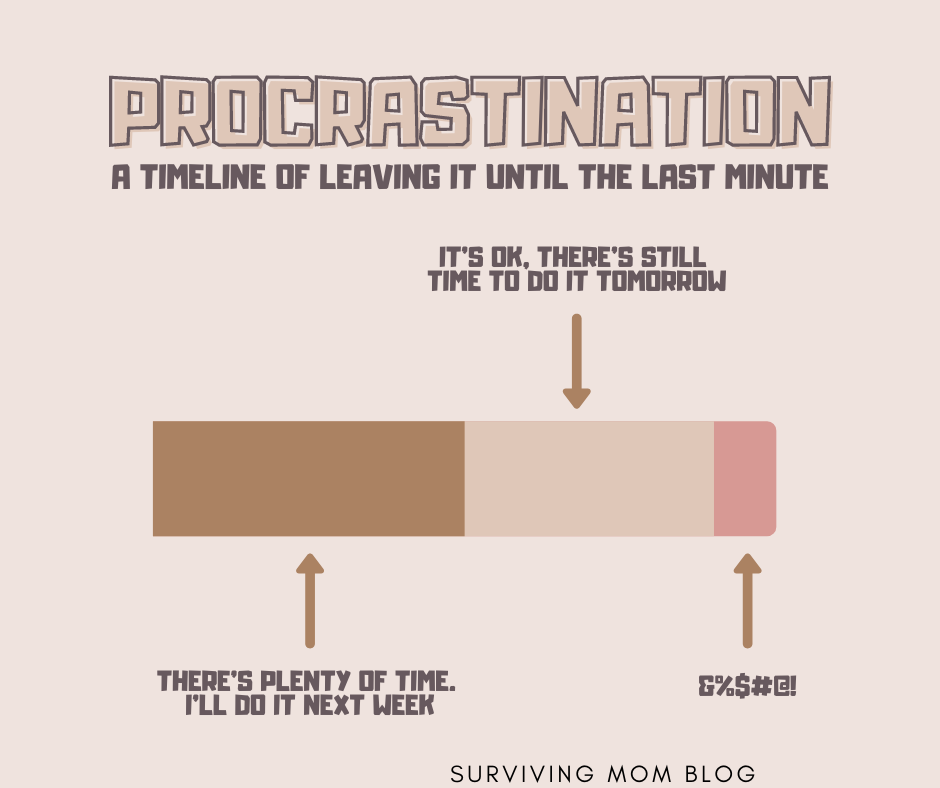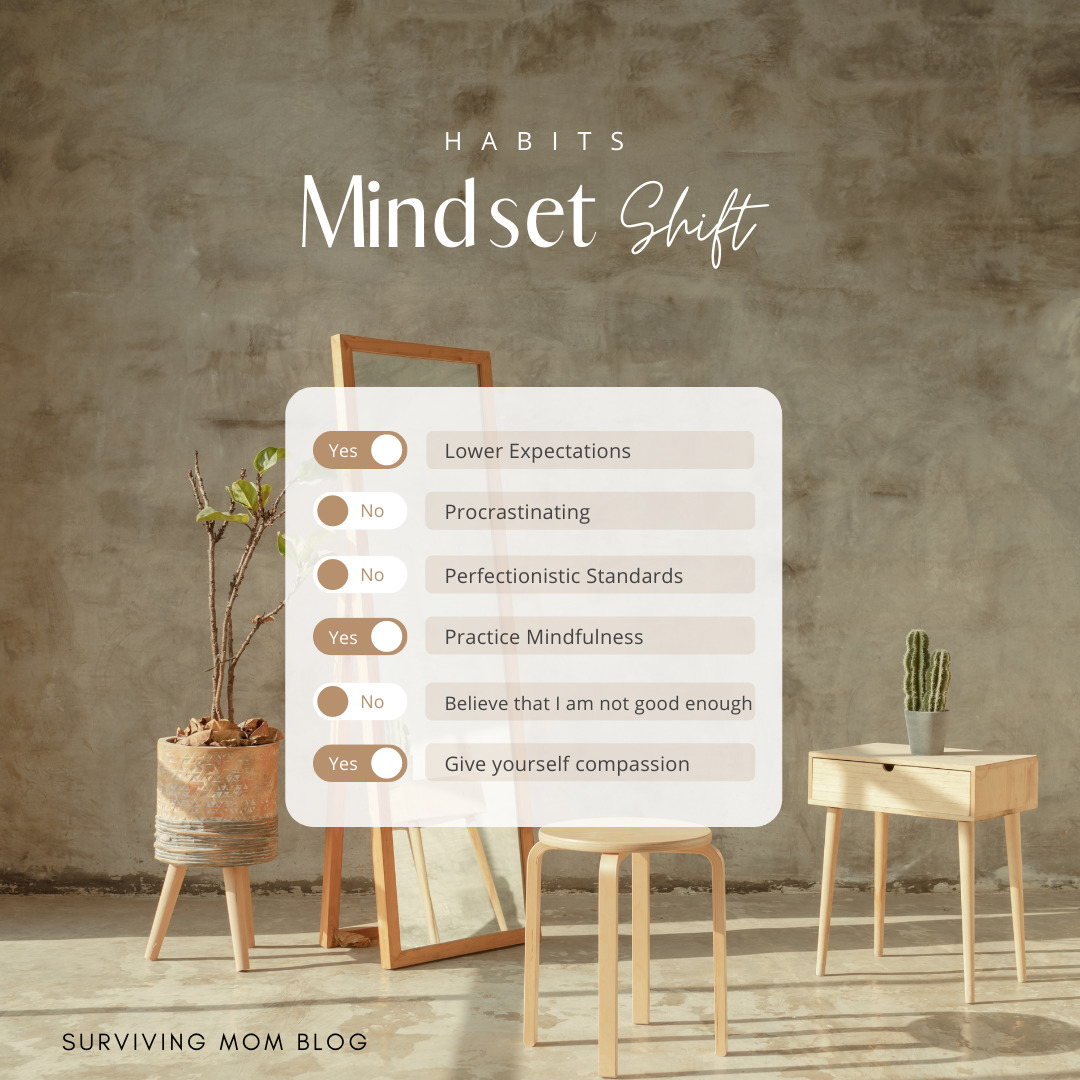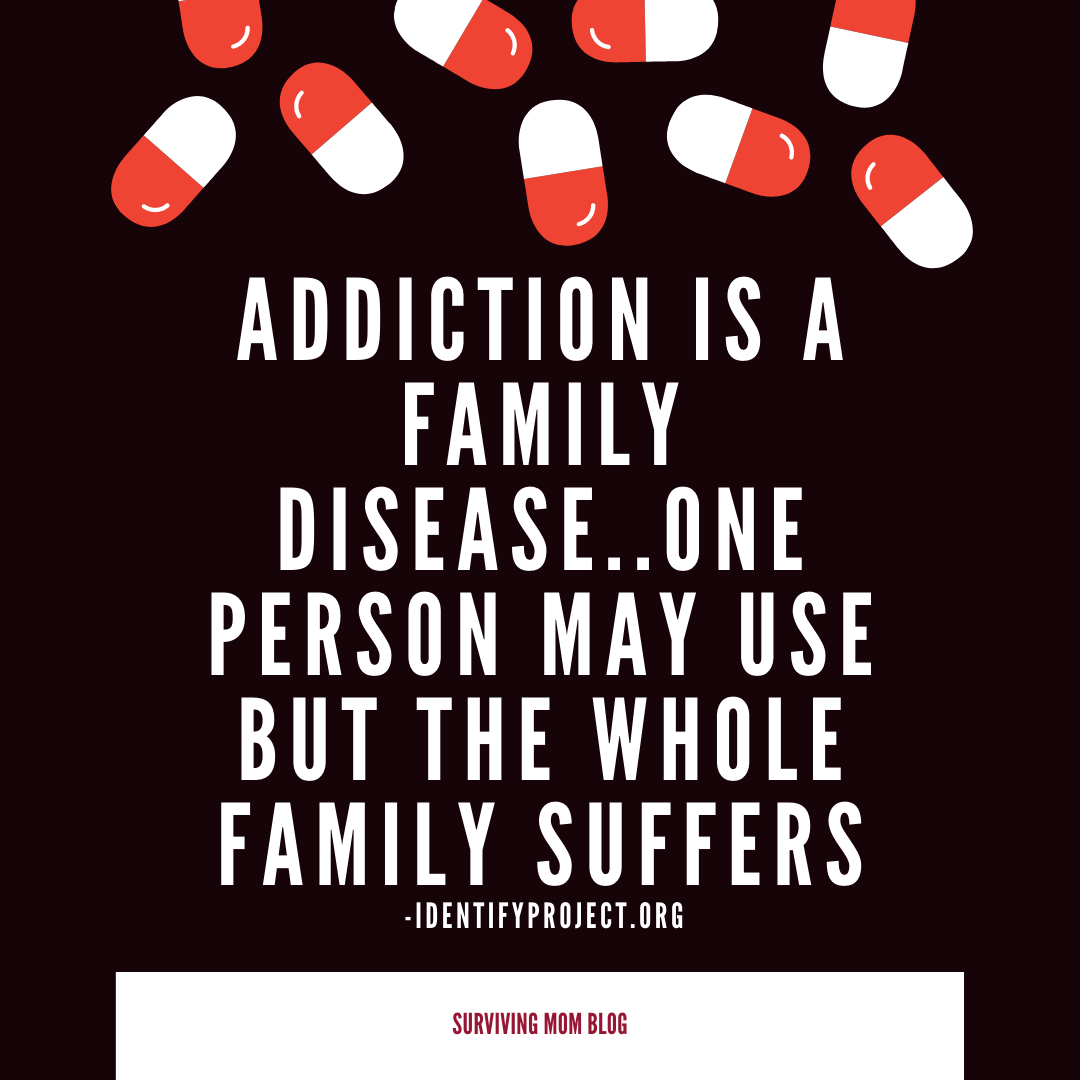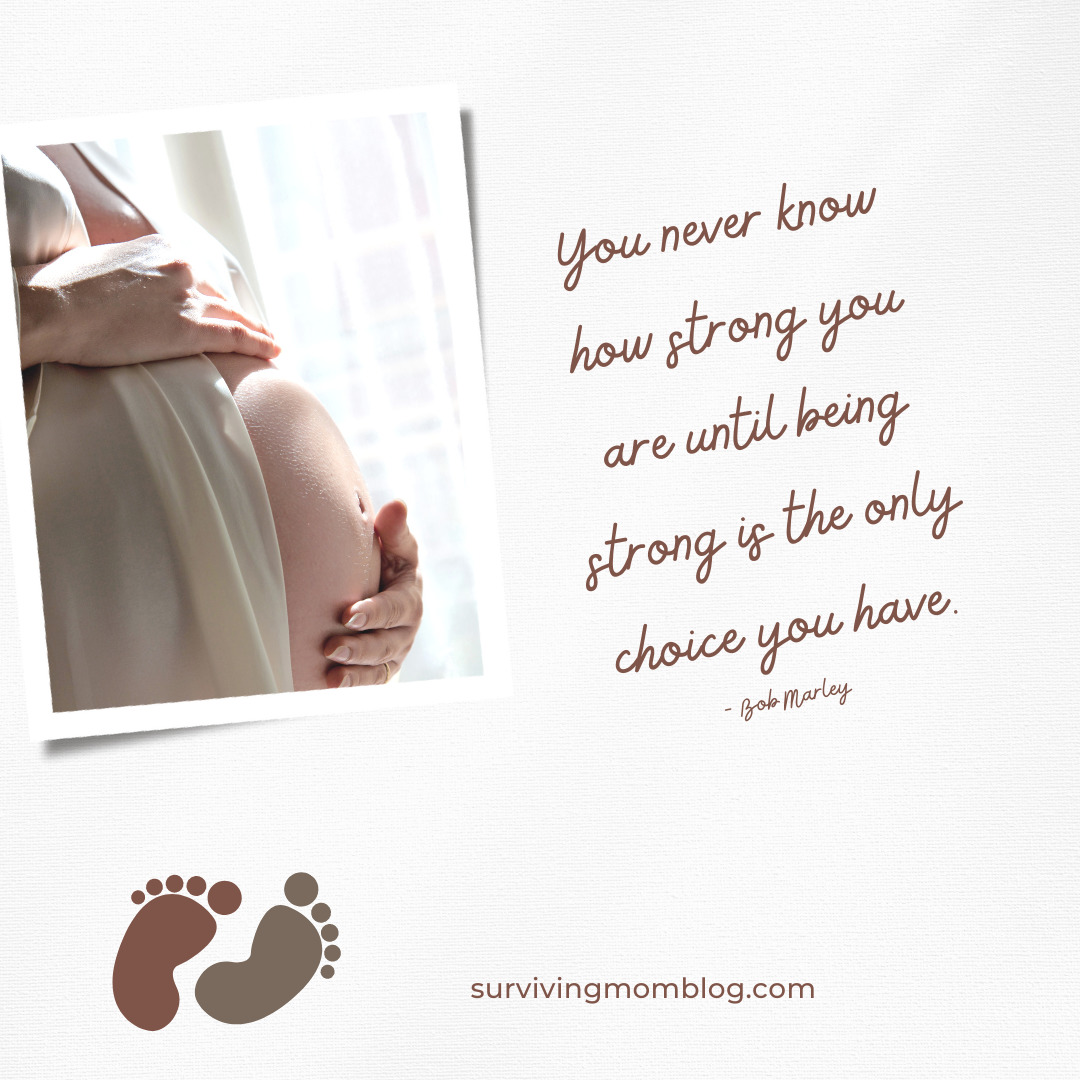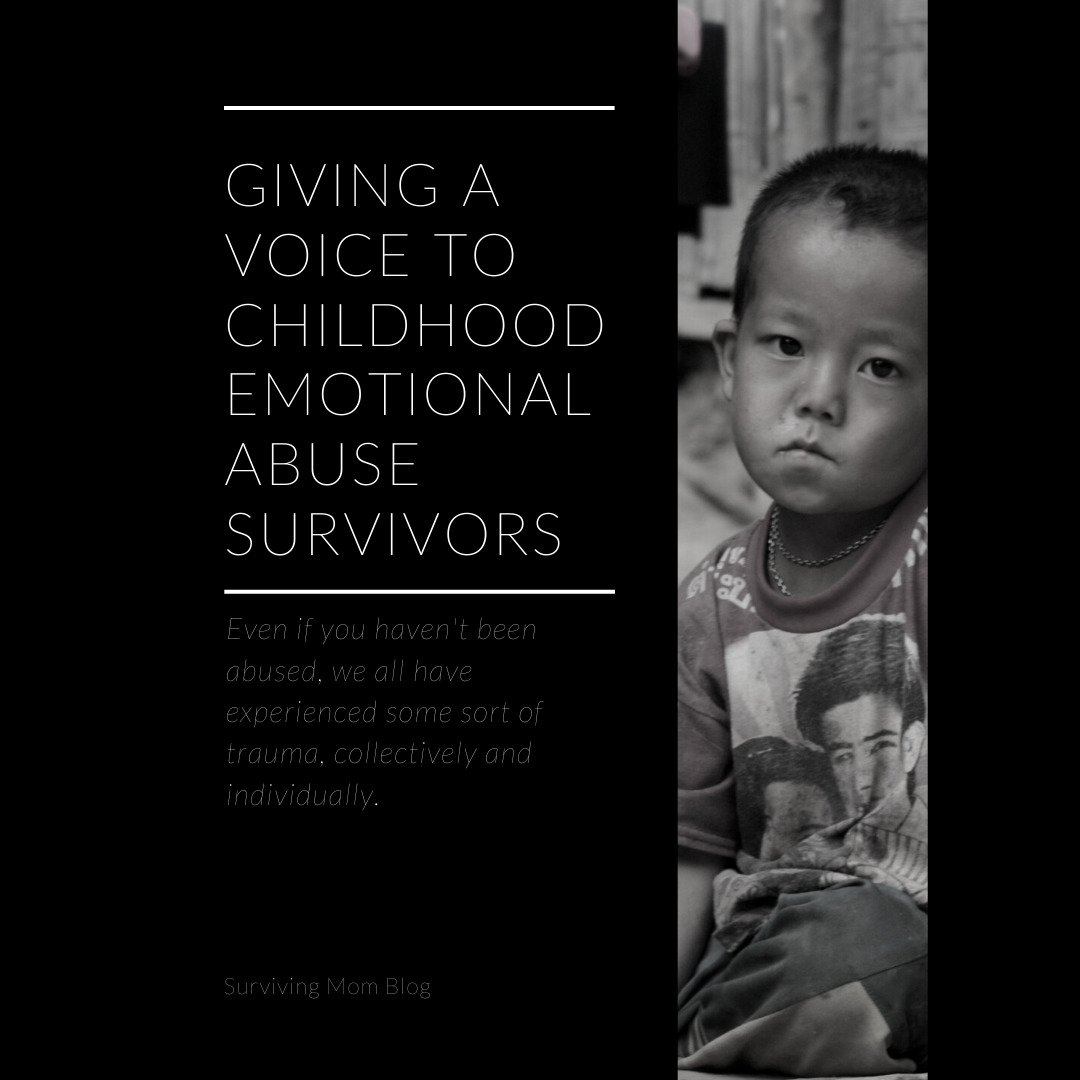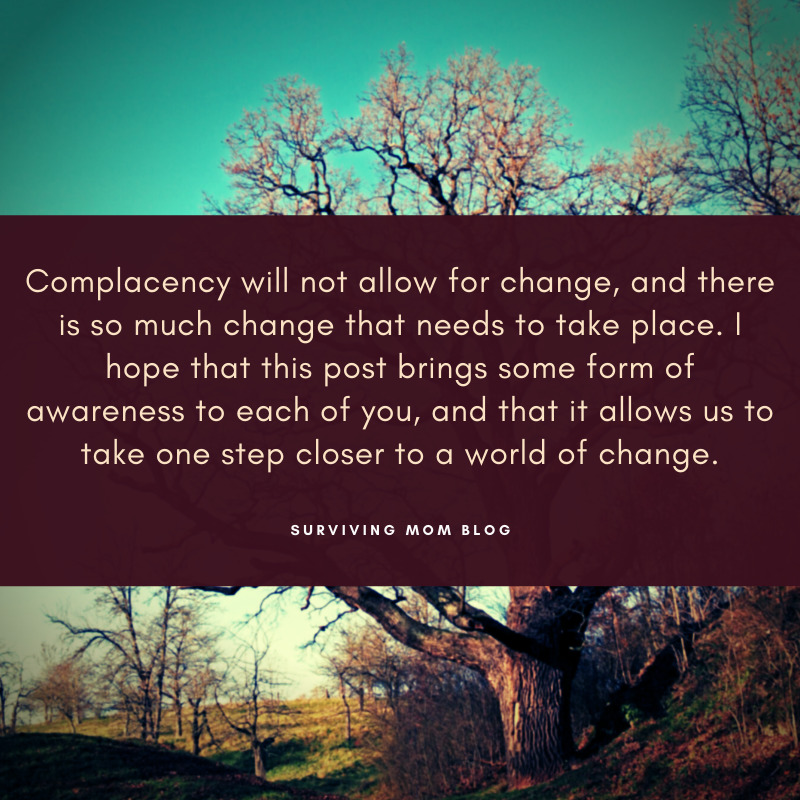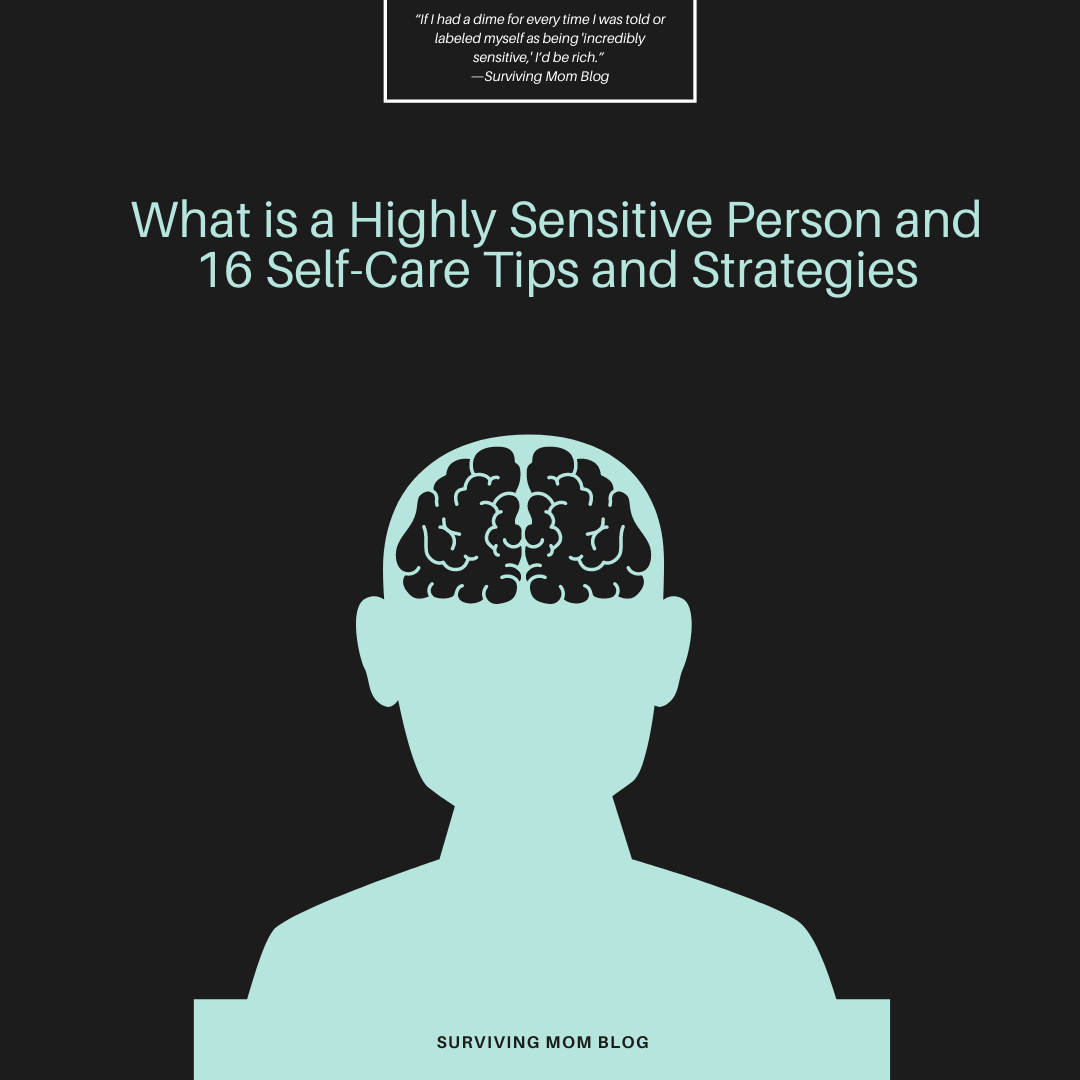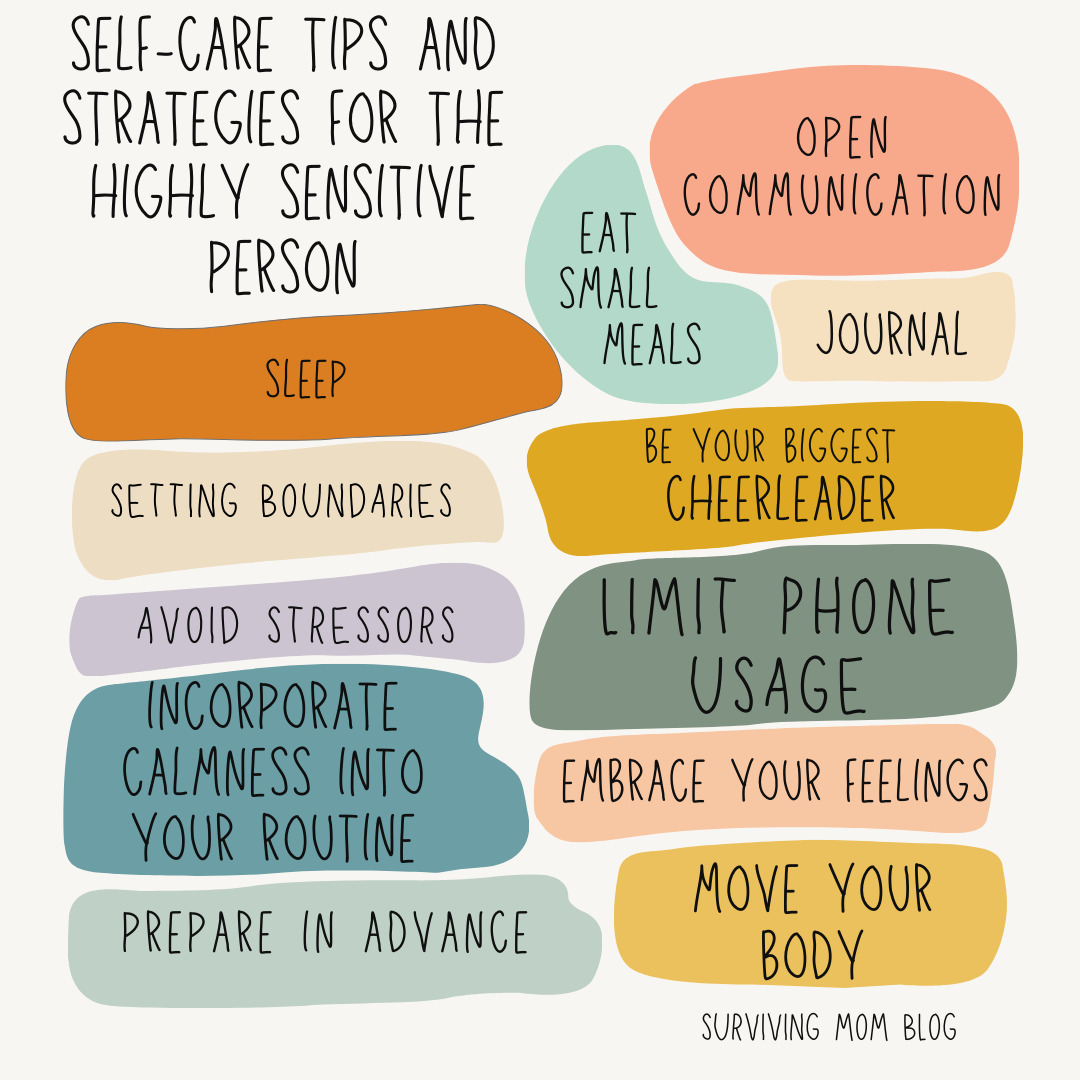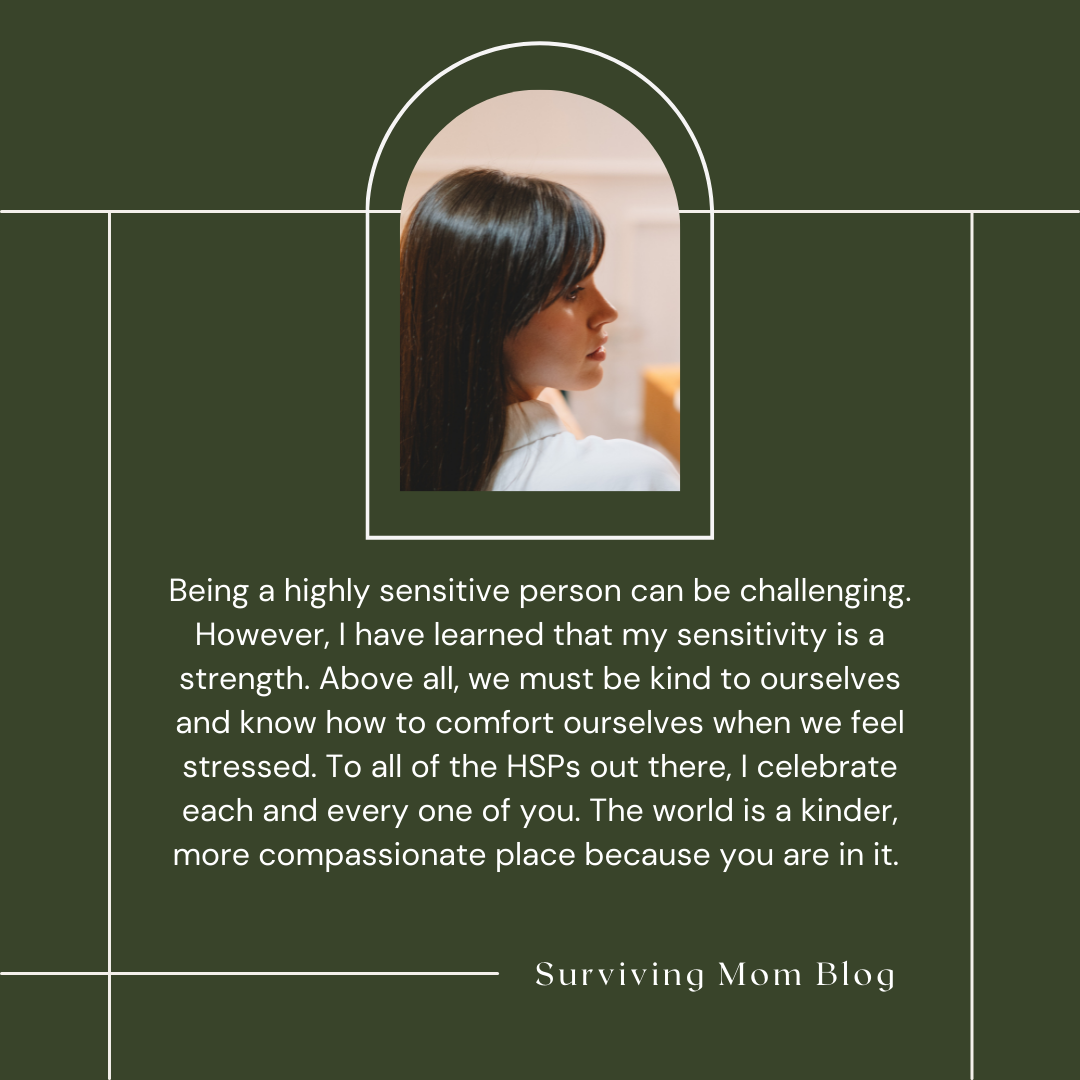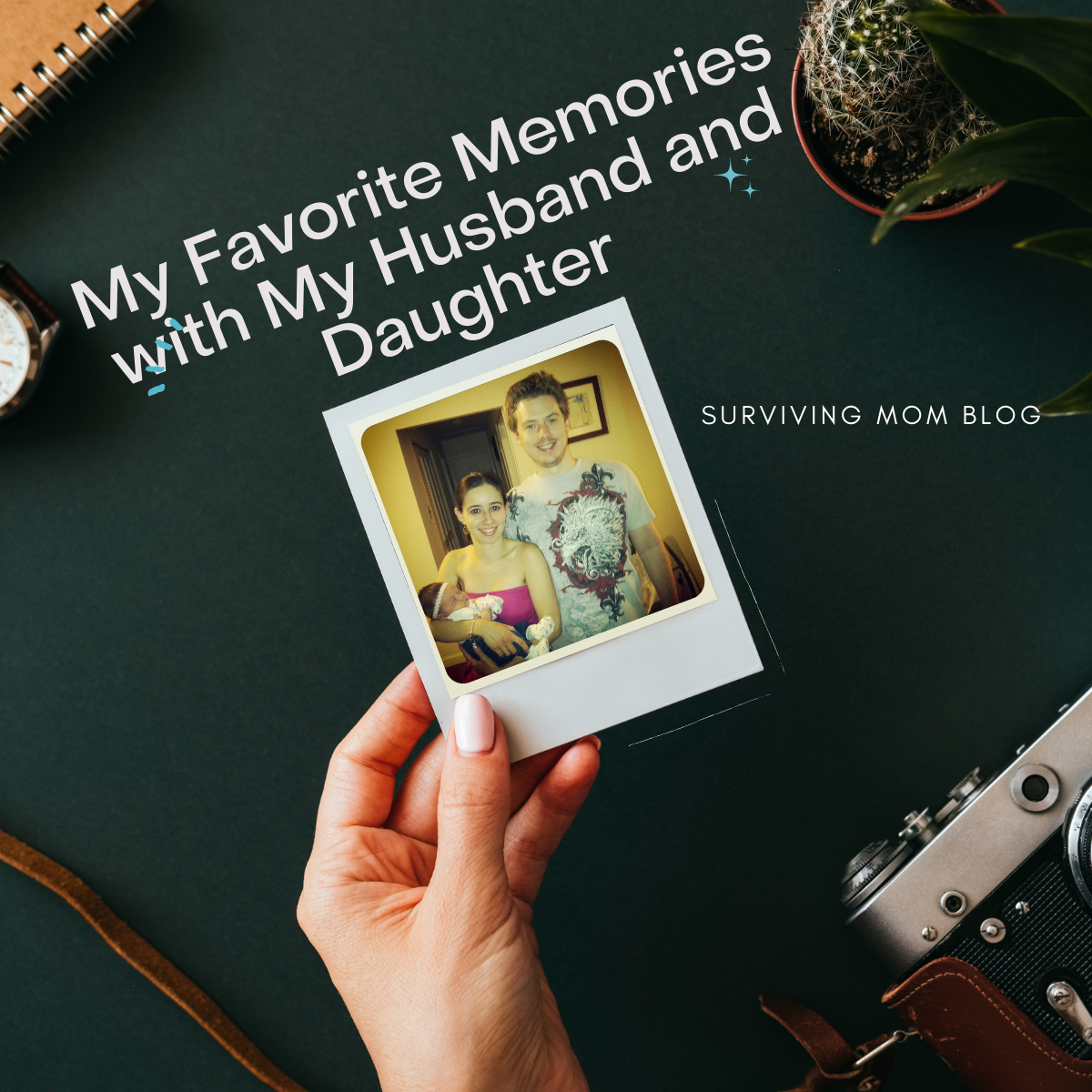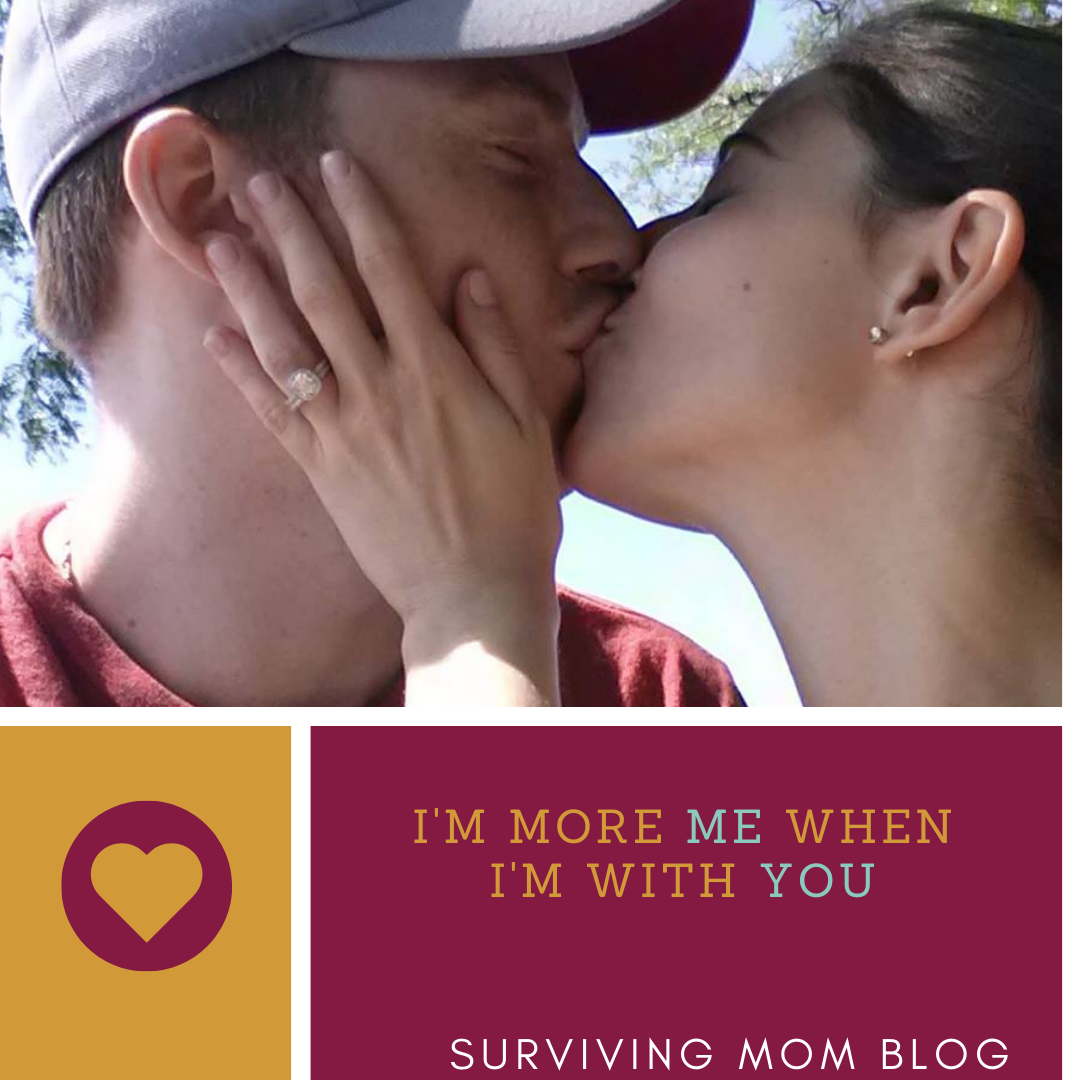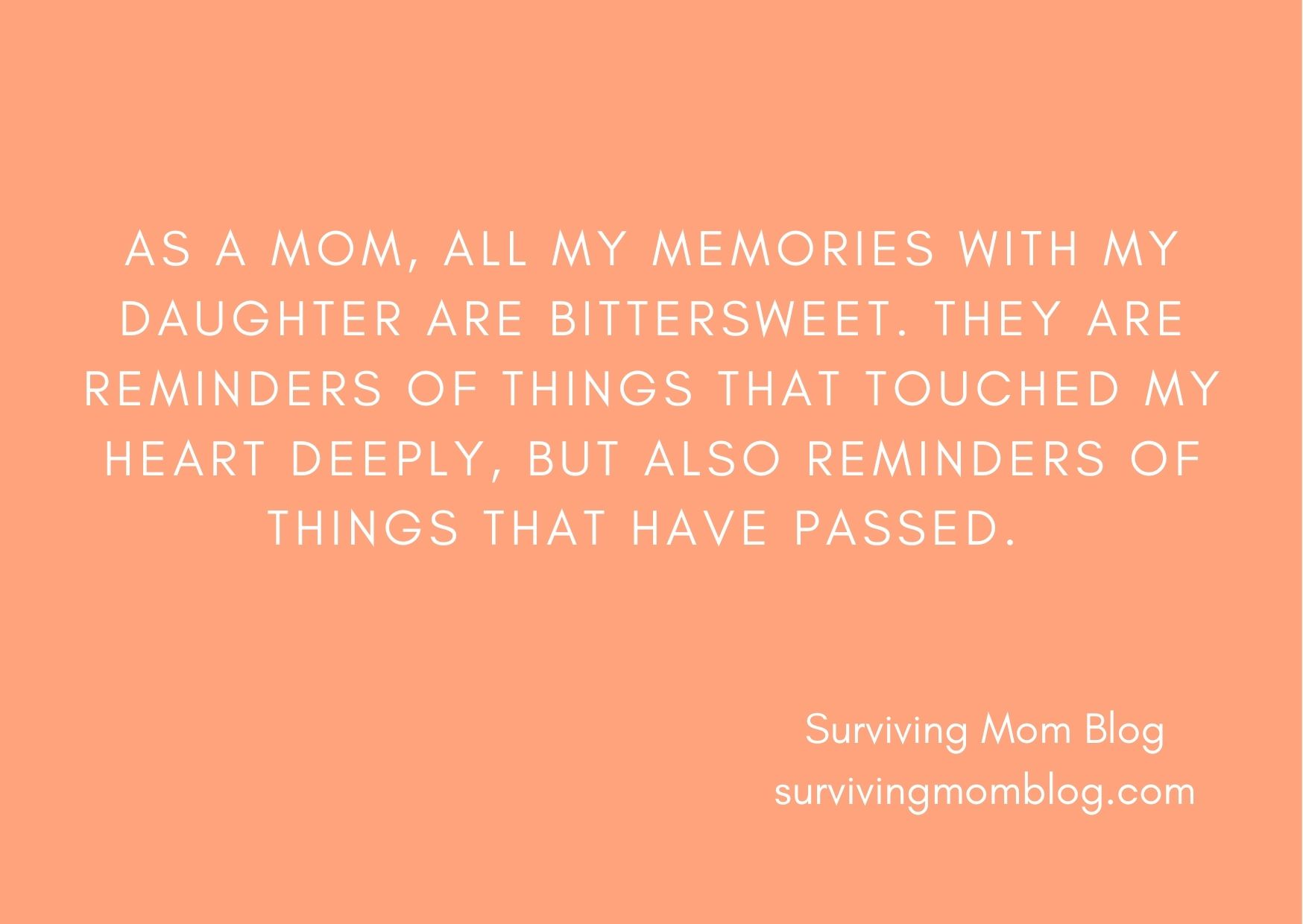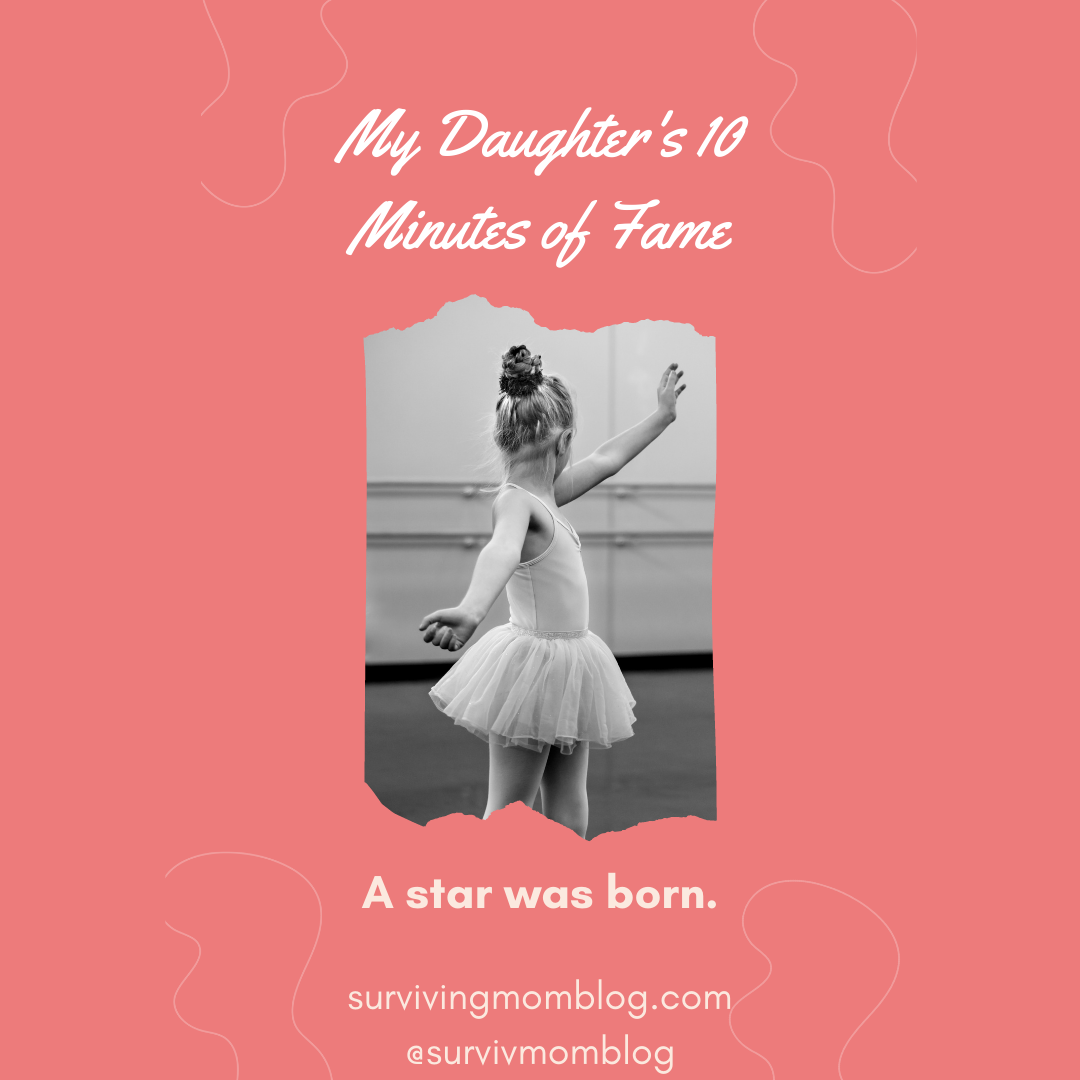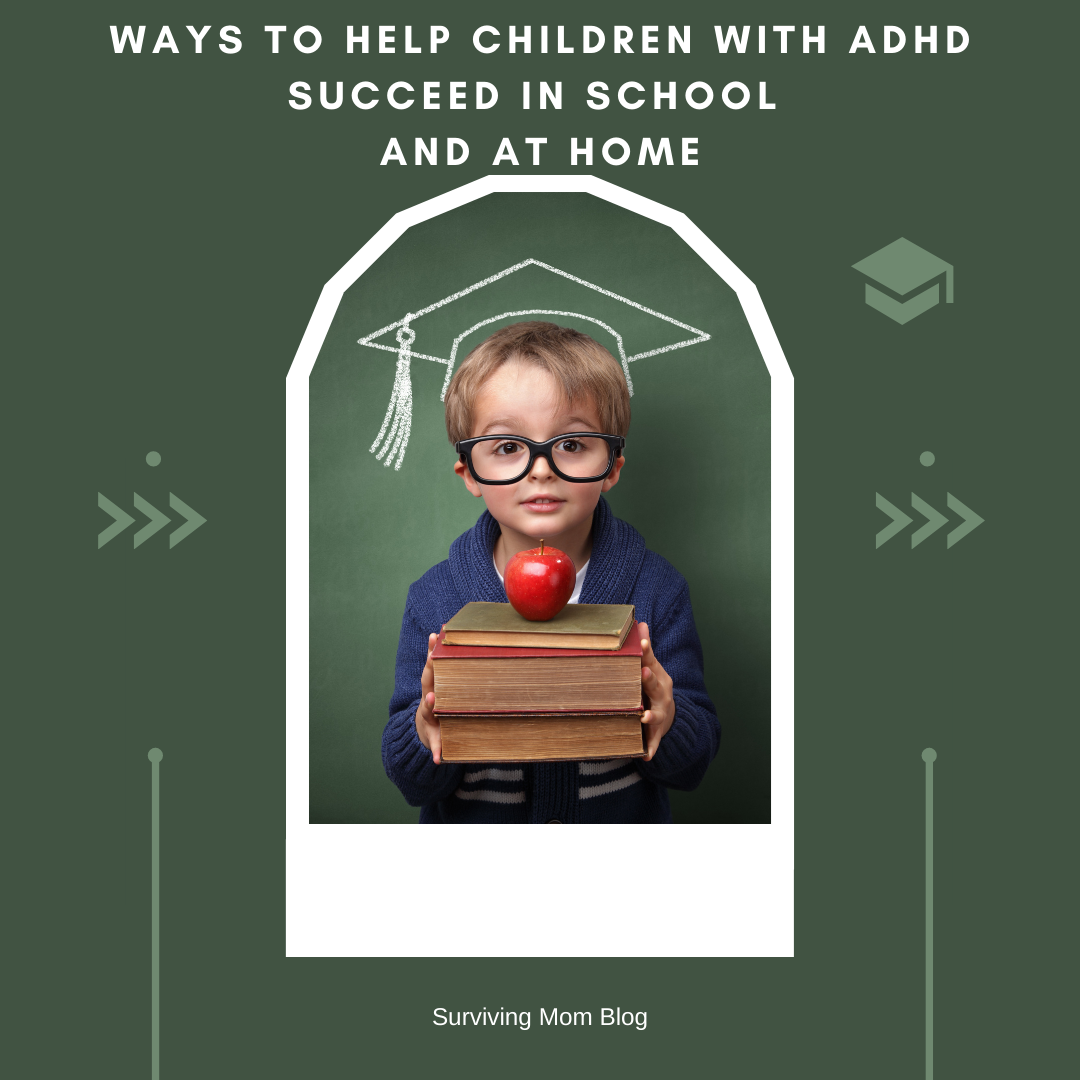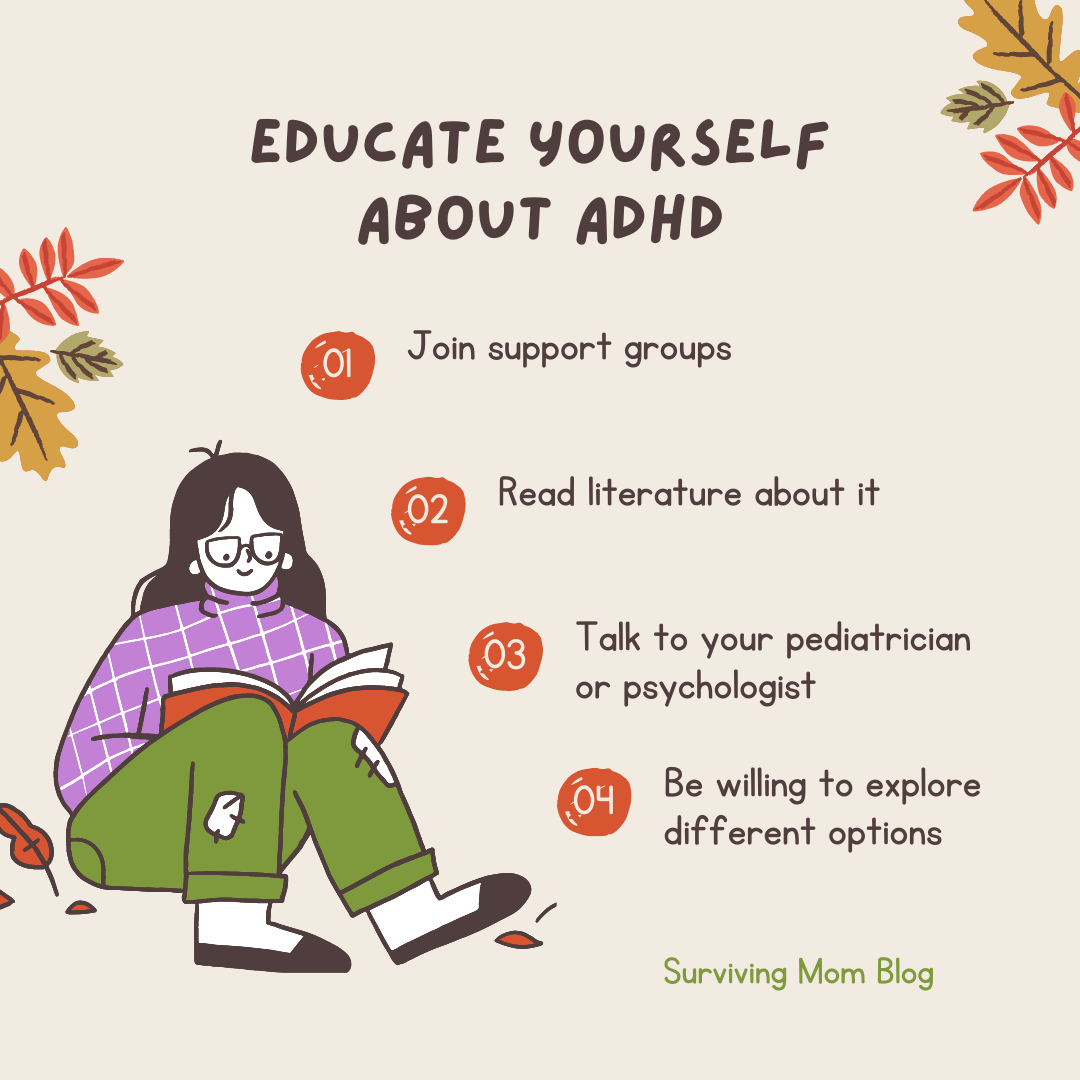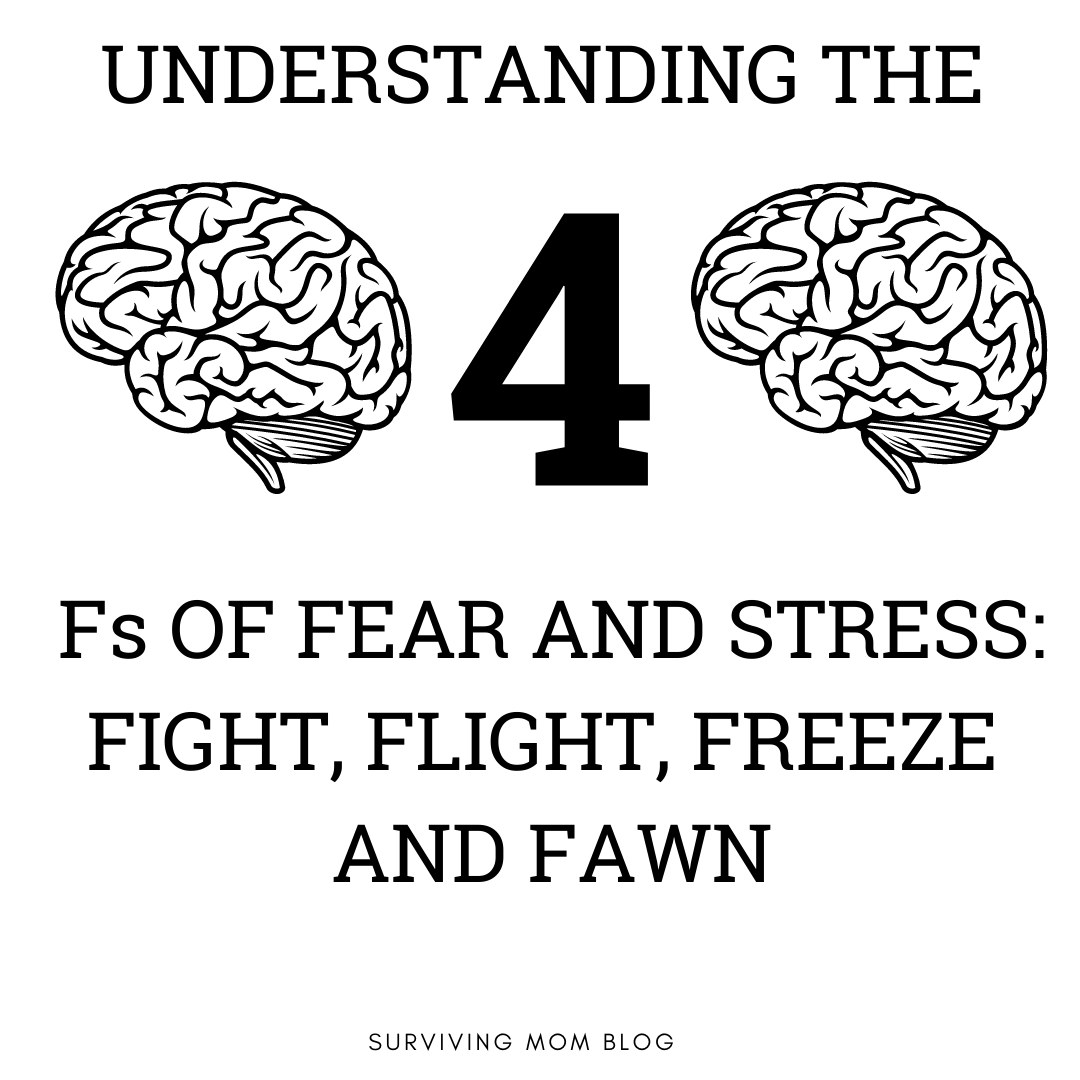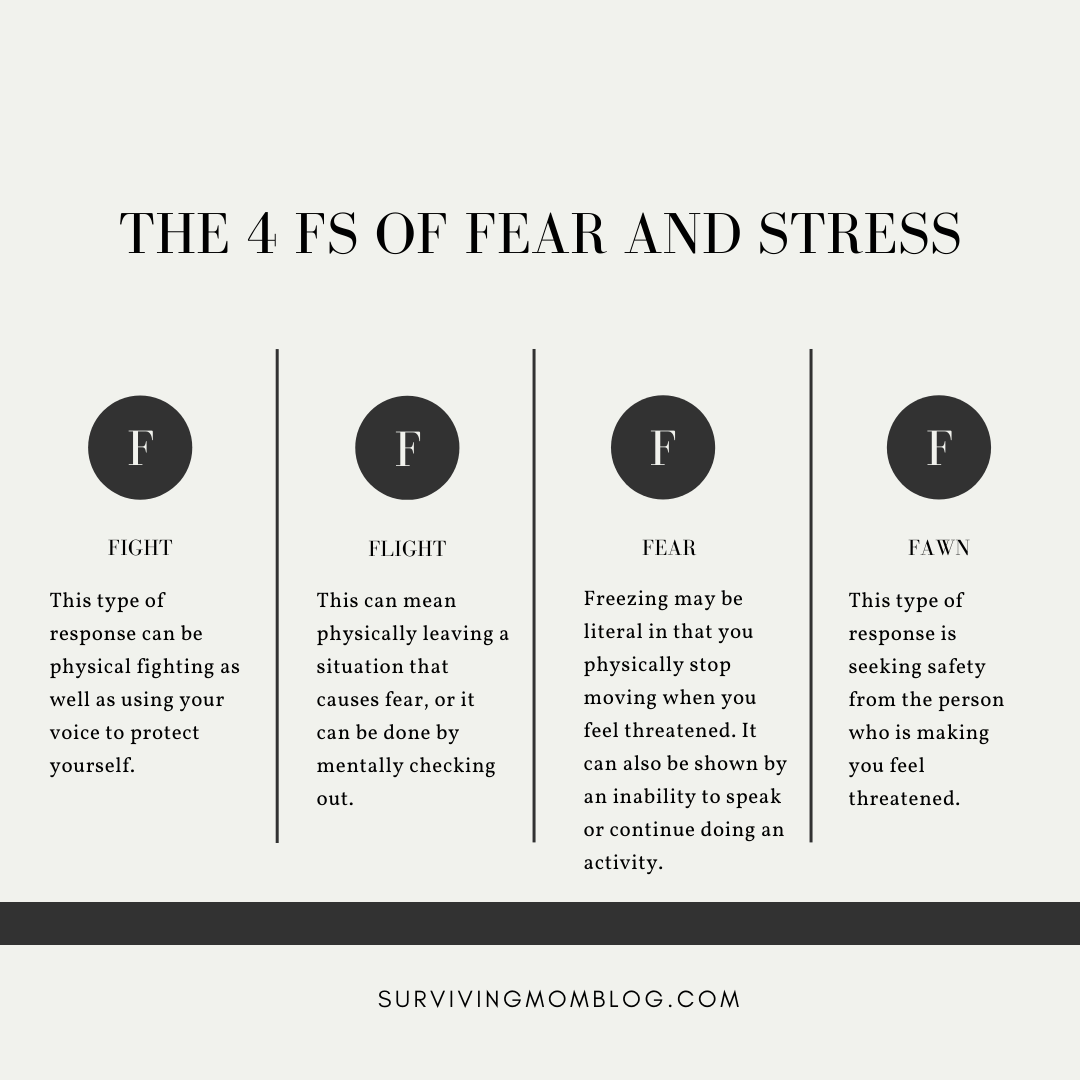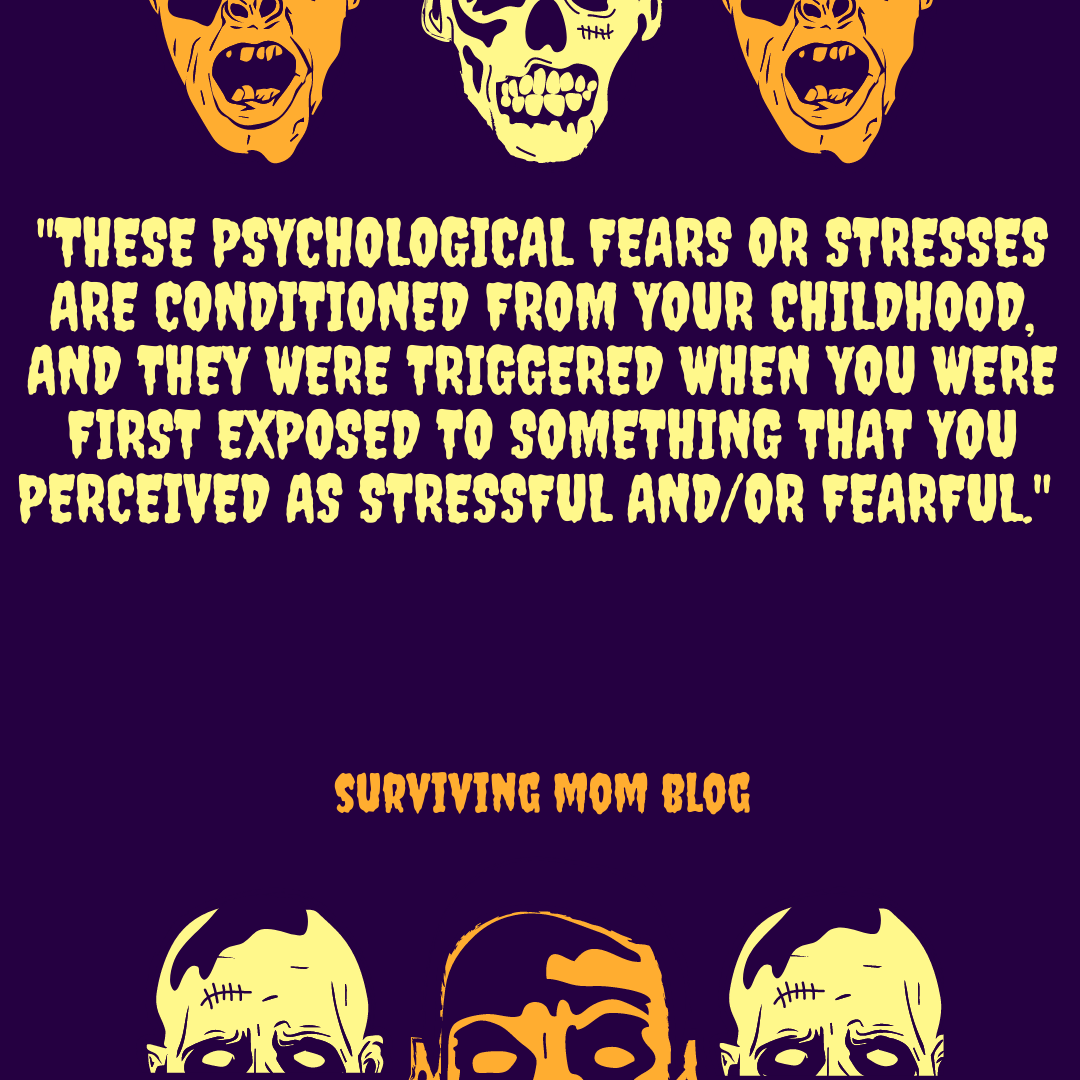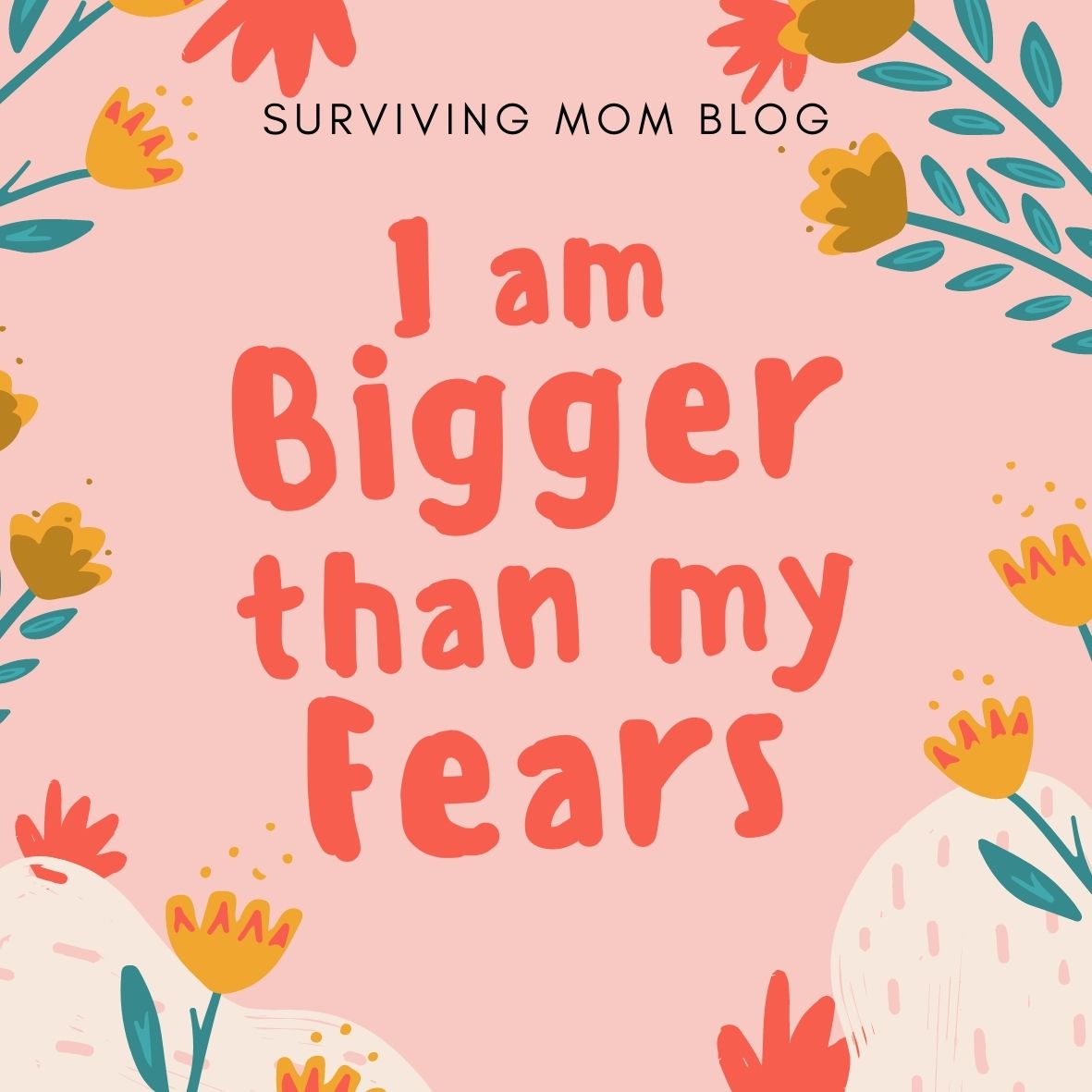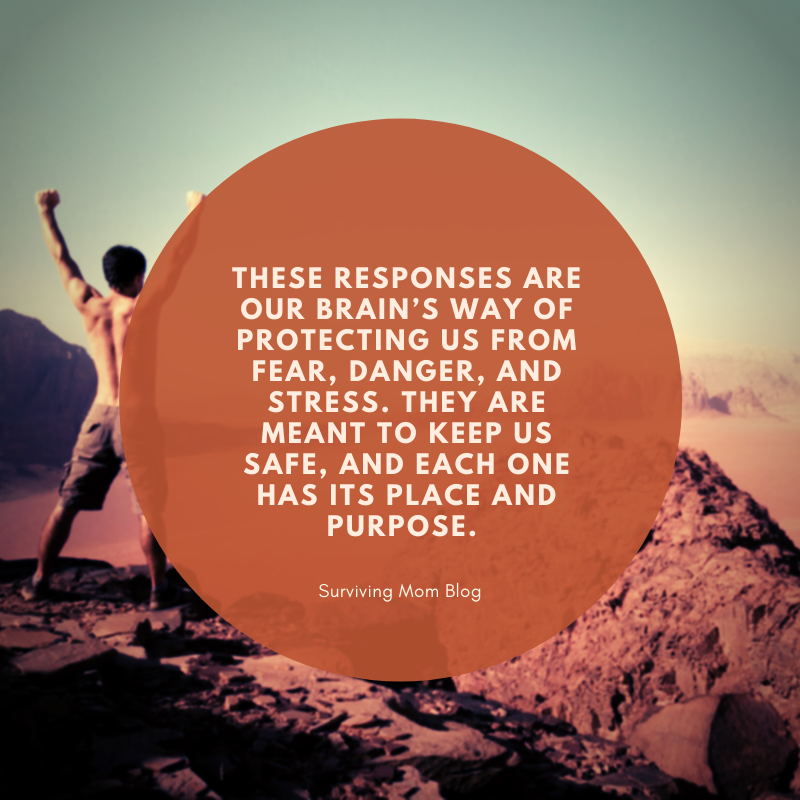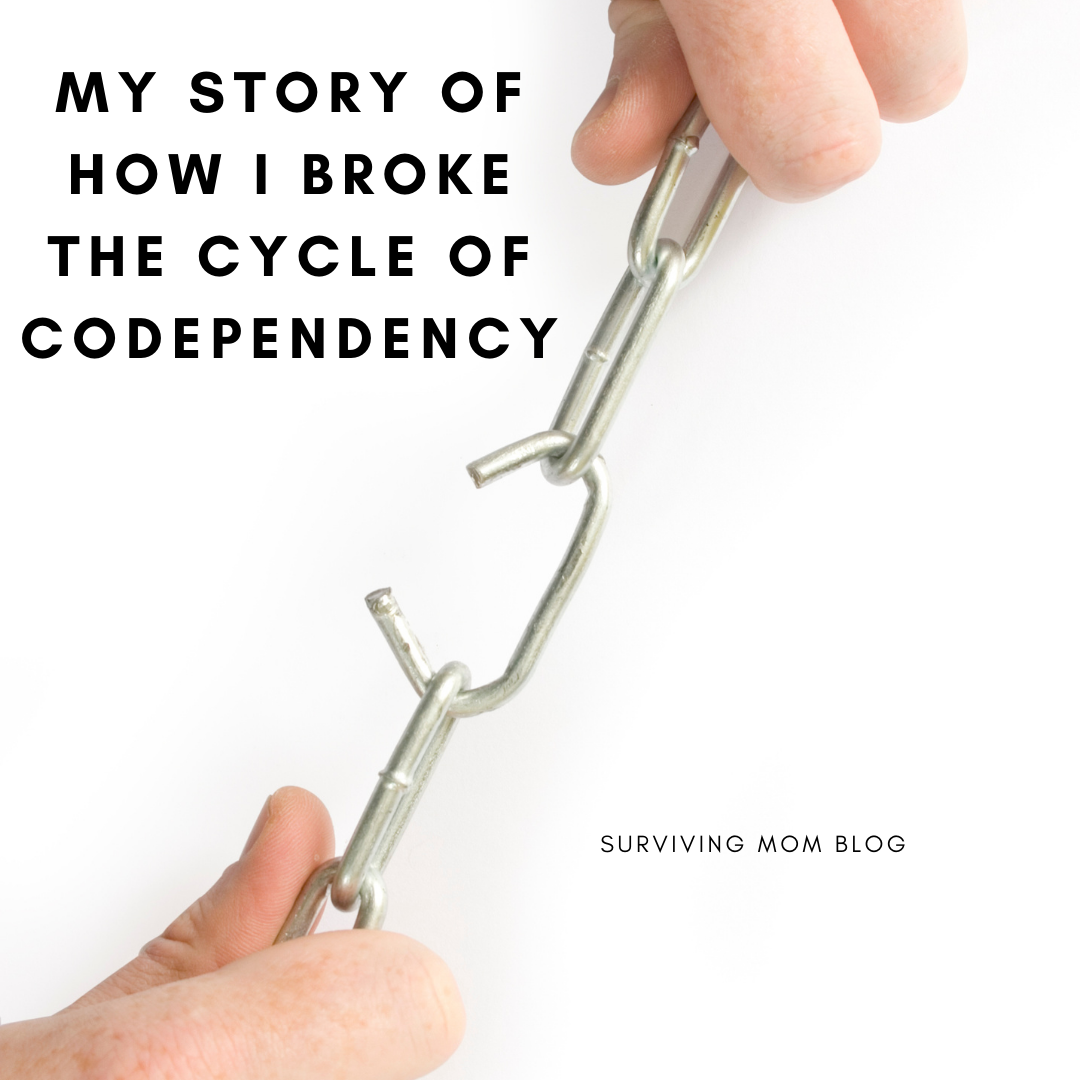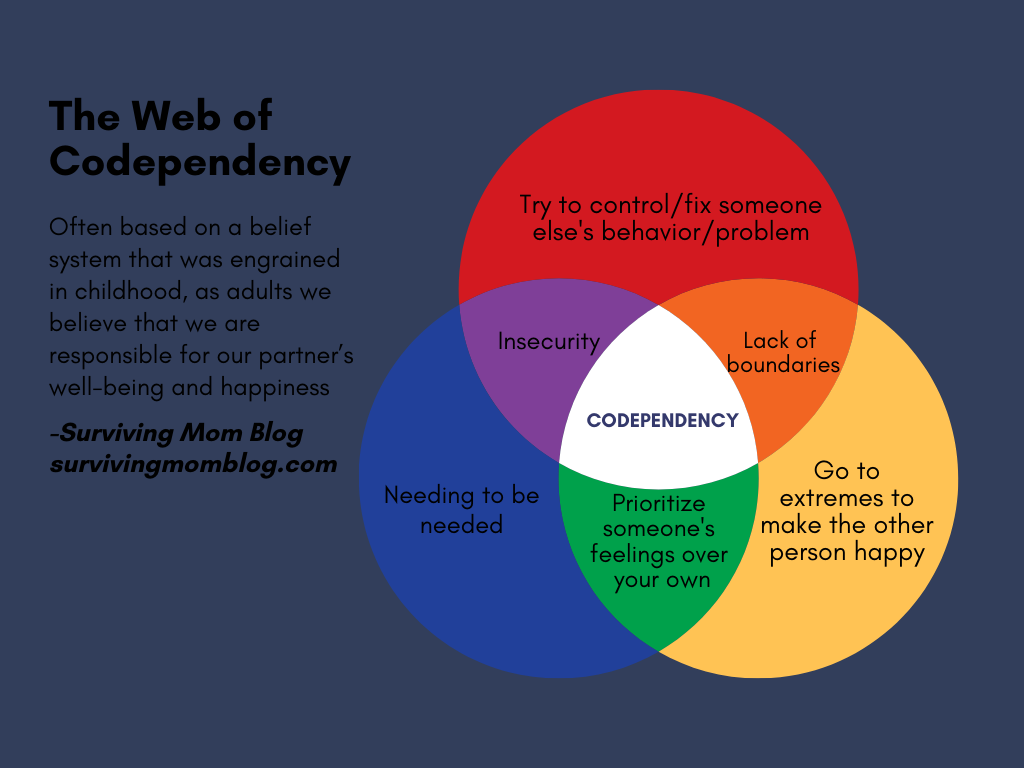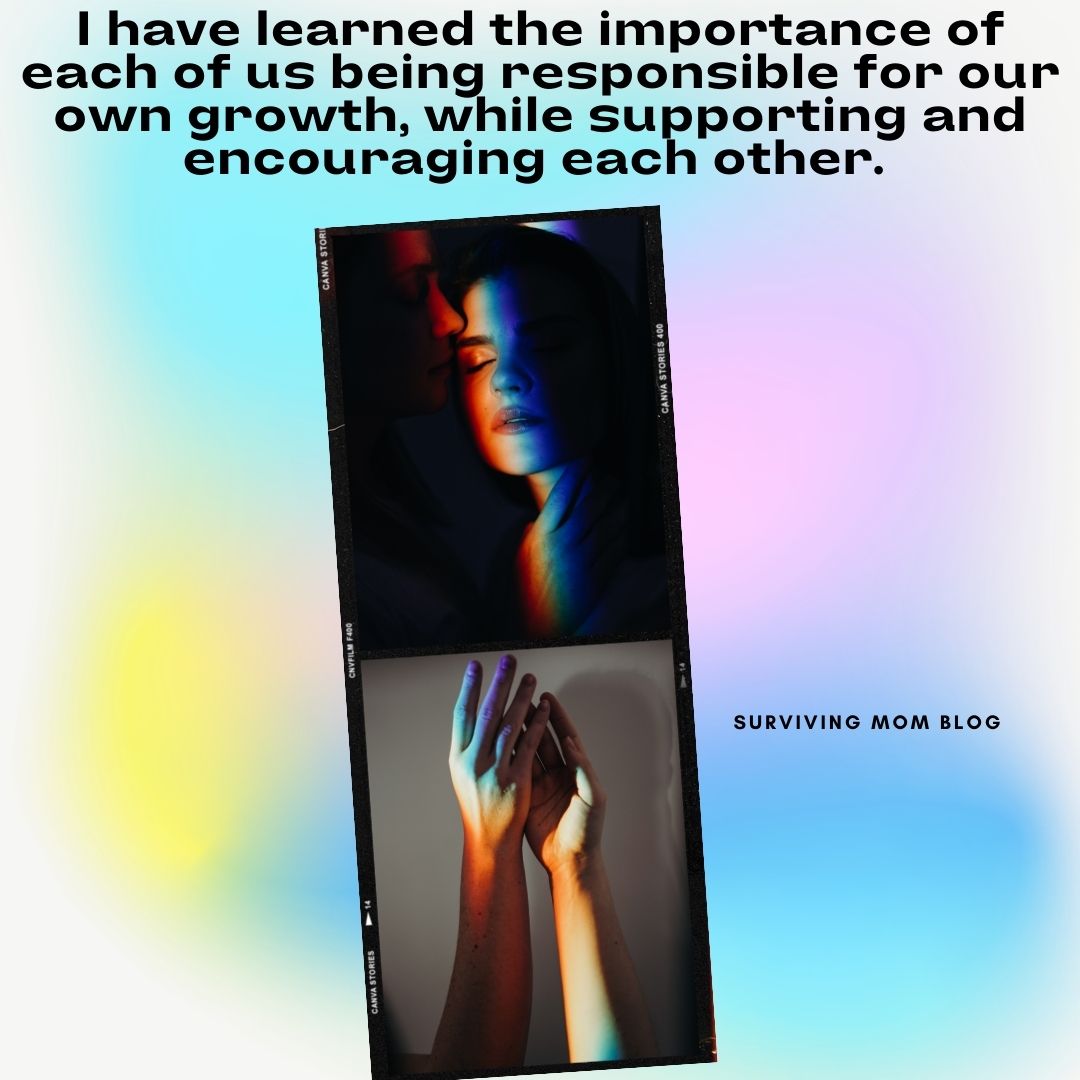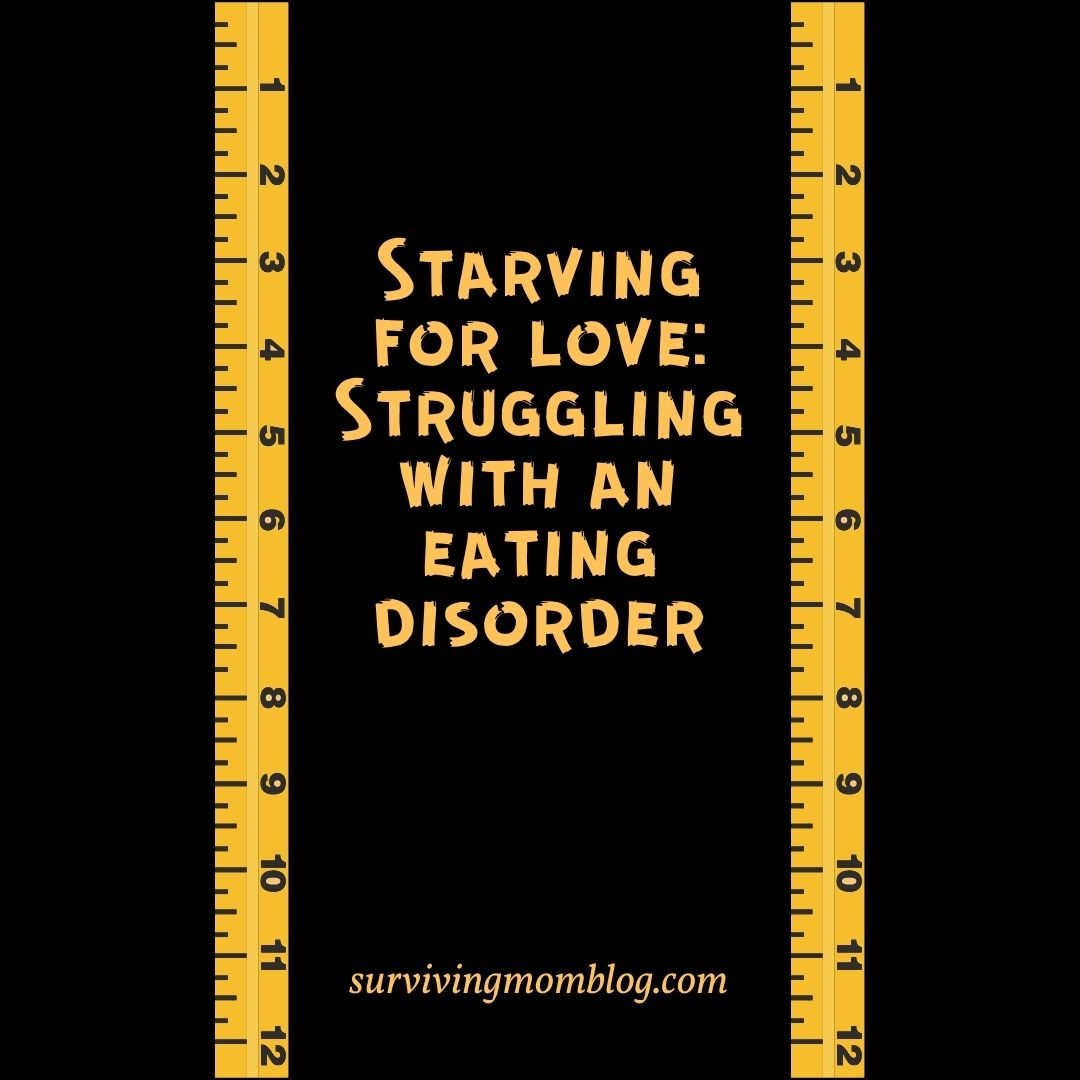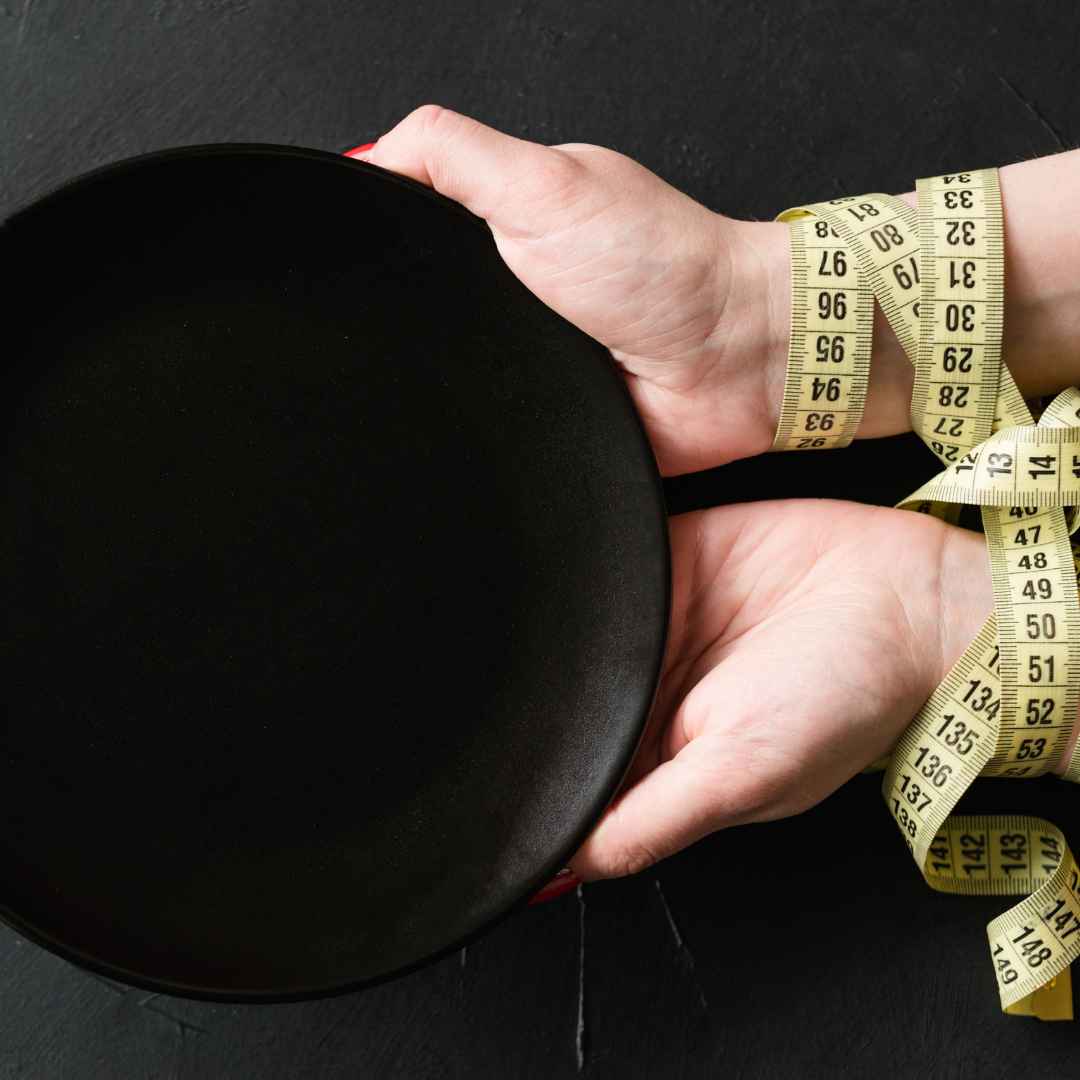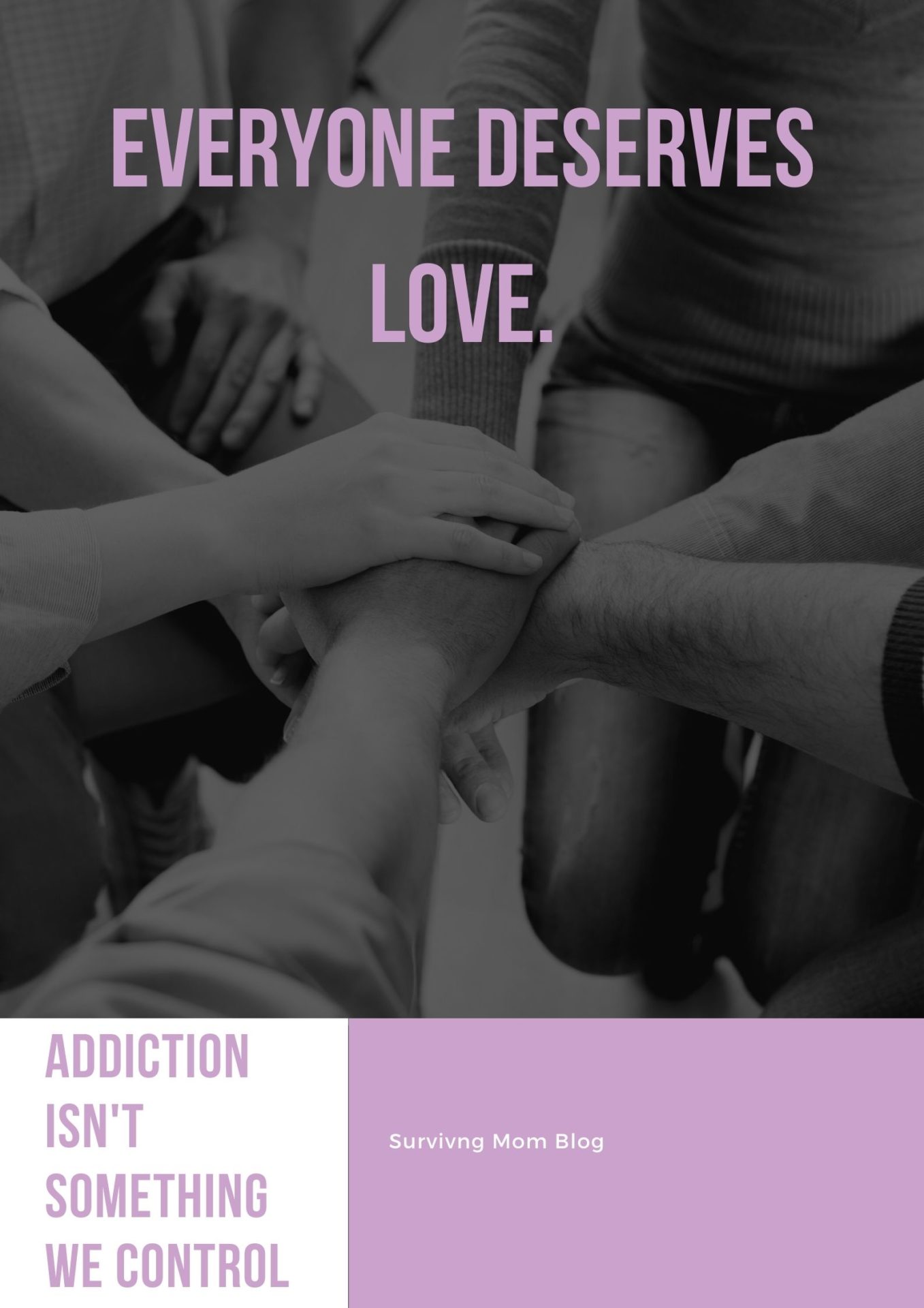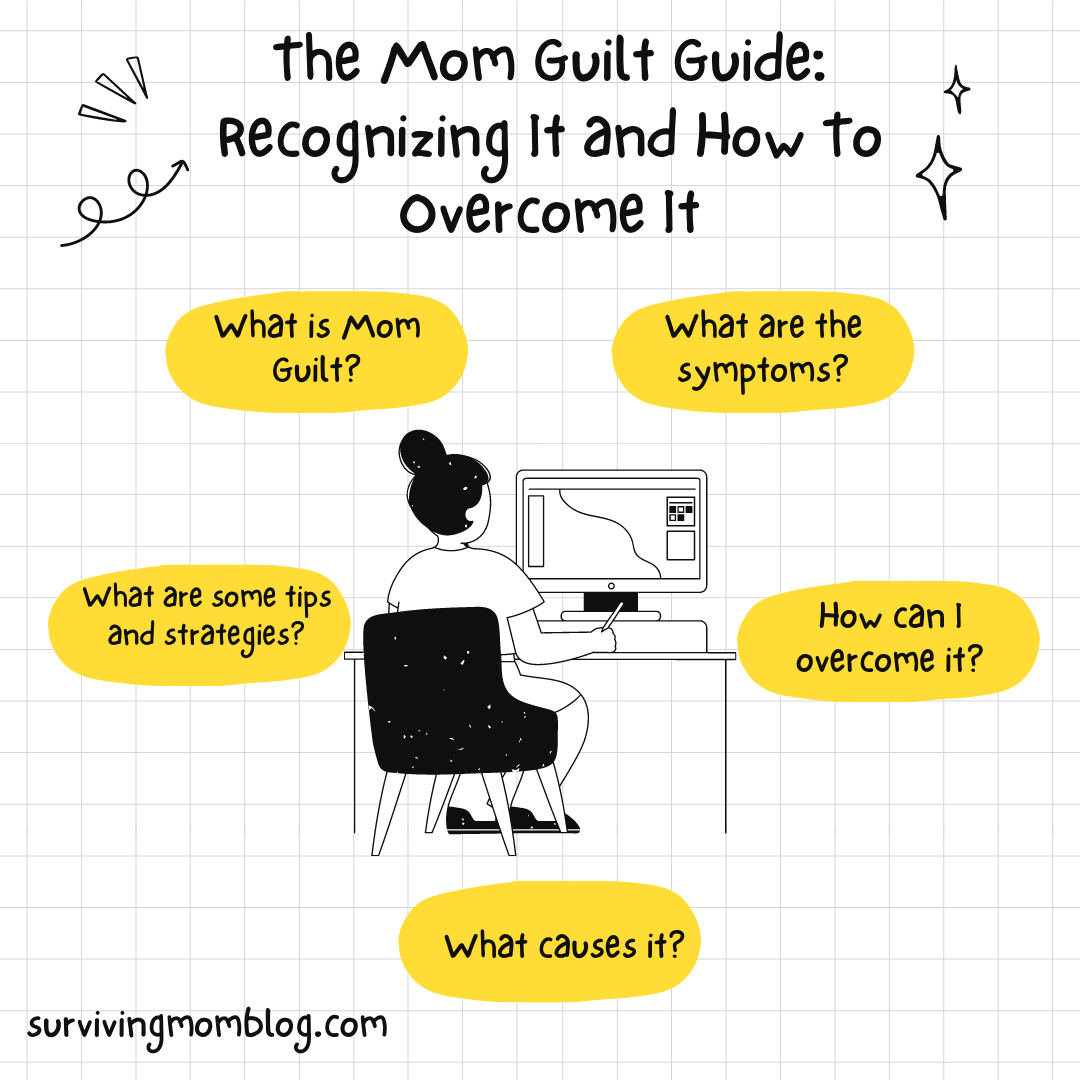
If you are a parent, it is very likely that you’ve experienced guilt. Once I became a mom, I experienced guilt that I never knew was possible. It is something that often goes hand-in-hand with parenting. Guilt is healthy when it motivates us to grow and learn, but it can become problematic when it takes on a life of its own. Luckily, we can learn how to overcome mom guilt and decrease those feelings.
What is Mom Guilt?
Mom guilt is a feeling that moms experience regarding their role as a mother. Although guilt can be experienced by dad as well (aka dad guilt), it tends to affect women more. It can be feelings of worry or regret that you’ve done something wrong, didn’t do it well enough, or did something that will affect your kids. Mom guilt can be fleeting and/or pervasive and can be based on both short-term and long-term decisions.
Guilt is often due to a behavior, which in turn, causes feelings of shame about oneself. This shame causes self-judgment and negative thoughts and beliefs. The guilt and resulting shame cause other feelings and behaviors. In other words, mom guilt can be a perpetuating cycle of guilt, shame, and self-criticism (mindfulreturn.com, 2017).
What causes it?
There are several possible causes of mom guilt:
(1) Postpartum depression
Guilt can be a major symptom of postpartum depression. A staggering 1 in 7 women experience postpartum depression or anxiety (mindfulreturn.com, 2017). Moms who are experiencing postpartum depression may feel numb and disconnected from their child, which can cause feelings of inadequacy as a parent. It can also make simple tasks incredibly difficult to accomplish due to a lack of energy. This all results in tremendous amounts of guilt.
(2) Working moms
Working mom guilt is a specific type of mom guilt due to working. They either are unable to stay at home or choose to go to work, causing them to feel guilt about being away from their kids. They feel guilty about putting effort into something besides being a mother. There can also be feelings of guilt if they miss their kids and/or feelings of guilt if they enjoy being away from their kids (funlovingfamilies.com, 2021).
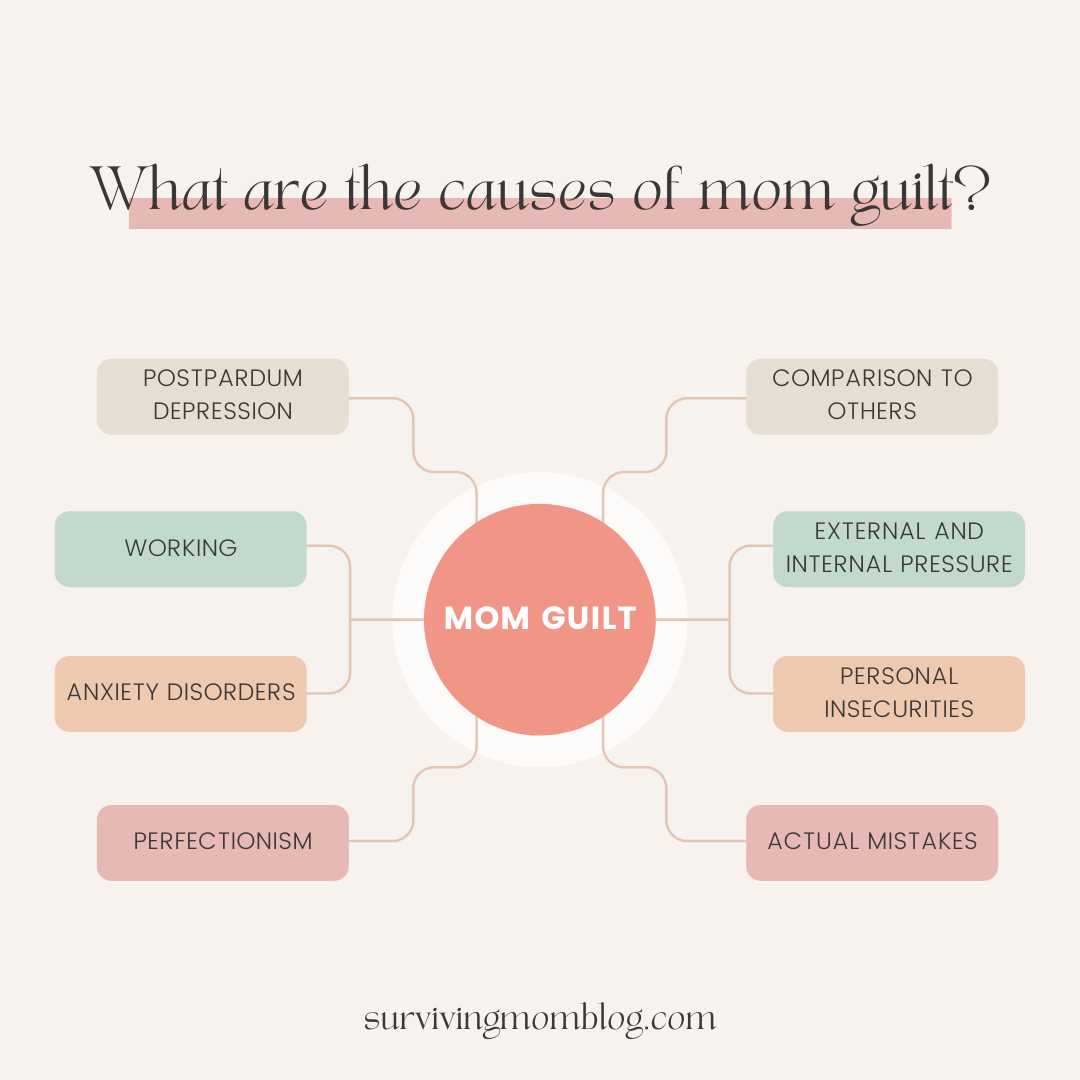
(3) Anxiety disorders
Those with anxiety disorders experience anxiety excessively, which can cause them to experience intense and frequent feelings of mom guilt (funlovingfamilies.com, 2021)
(4) Perfectionism
Mom guilt can occur even if nothing was done to warrant it. Moms often have a notion that we are supposed to be perfect in our parenting roles. As a result, we set impossible standards for ourselves that make us feel guilty and like failures when they aren’t achieved.
(5) Comparing ourselves to others
Comparisons to other moms, either ones we know or through social media, can cause us to feel guilt and inferiority.
(6) Actual mistakes
If we do something wrong, we feel guilty. We want our kids to be happy, and anything we do that negatively affects them can make us feel guilty.
(7) Our identity is tied to motherhood
We invest so much of who we are into our role as a mom, that we often don’t separate the two. Therefore, our success (or failures) as a mom is associated with our own sense of self-worth and value as a person.
(8) External pressures
Family member, friends, neighbors, and other moms can insert themselves into our decision making. Recommendations from doctors and parenting specialists can cause us to feel mom guilt with tips such as “breast is best” and “screen time is harmful.” They can put pressure on us, which makes us feel inadequate and believe that we aren’t making the right choices for our children.
(9) Personal insecurities
If you already had issues with not feeling like you were good enough before kids, this will only amplify when you are a mom. The faulty belief systems we had prior to becoming parents will rear their ugly heads tenfold when becoming a parent. Parenting will test our insecurities and bring everything to the surface.
(10) Internal pressure
We love our children so much and feel responsible for their success and failures. As a result, we feel guilt and fear that we will cause damage to them due to our mistakes.
What are the symptoms?
Mom guilt can manifest itself in many forms:
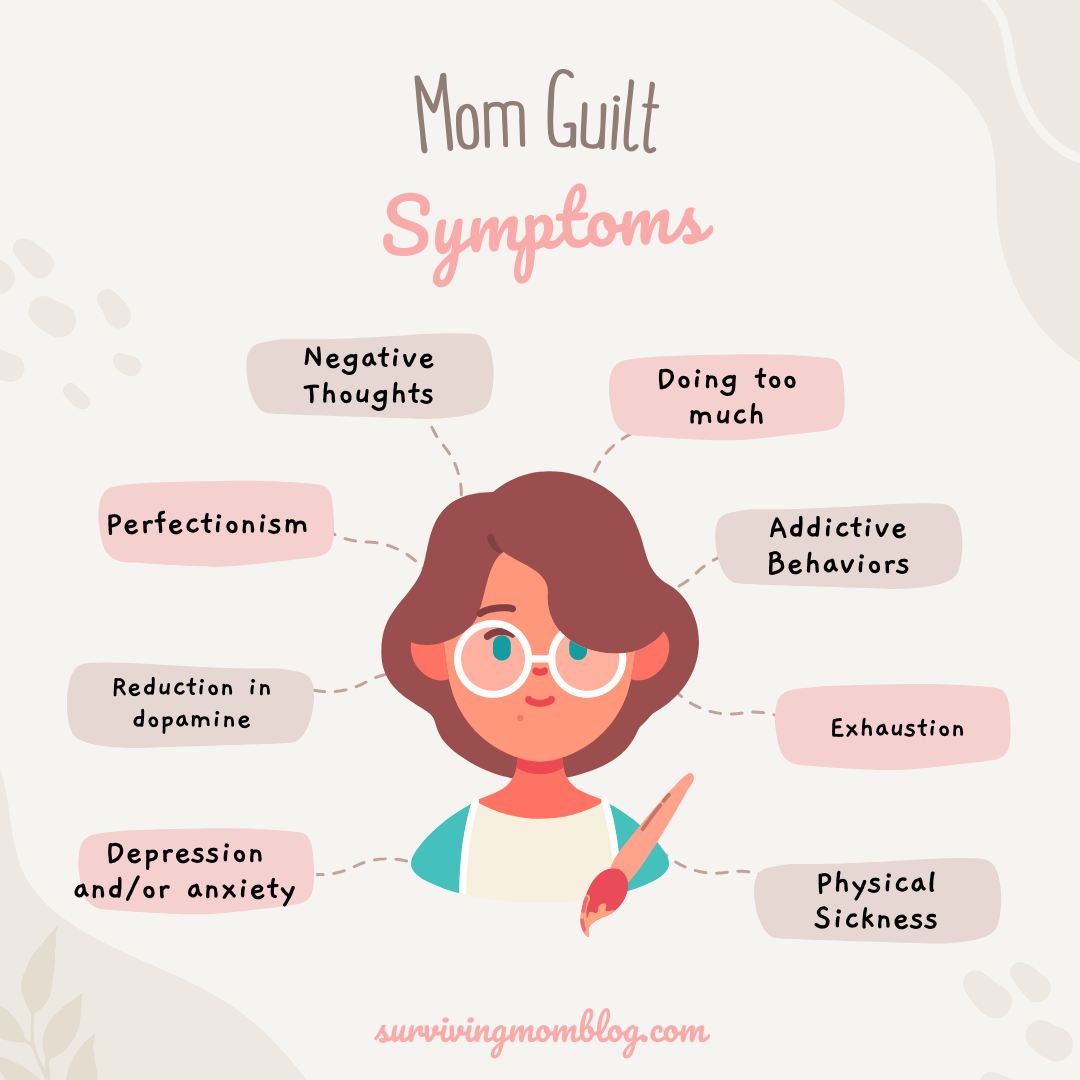
- Depression and/or anxiety– feelings of sadness, intensive worry, anger, and
- Reduction in dopamine (funlovingfamilies.com, 2021)
- Perfectionism– this can be exhibited by overcompensating by appearing as if you are perfect, or it can be perpetual feelings that you need to be a perfect mom
- Negative thoughts– thoughts that you aren’t good enough, aren’t doing enough, or are a failure as a mom.
- Doing too much– moms often feel that they need to do more to be better moms. Unfortunately, this way of thinking and behaving usually leads to burnout.
- Addictive behaviors– in order to avoid the feelings of guilt, a mom may turn to drinking, drugs, gambling, overspending, or other addictive tendencies (mindfulreturn.com, 2020).
- Exhaustion– constant feelings of guilt can take a toll physically and cause extreme fatigue
- Physically sick– chronic mom guilt can cause your immune system to become compromised (funlovingfamilies.com, 2021)
How can I overcome mom guilt?
Here are strategies on how to overcome mom guilt:
(1) Determine its origin
The first step to overcome mom guilt is to understand where it stems from. Is it a particular topic that causes mom guilt or does it stem from your own childhood experiences with your parents? Did you experience trauma that is impacting your feelings?
Use a journal and keep track of when you feel mom guilt. You can determine if there are any patterns that emerge. Once you’ve established the cause of mom guilt, you can be mindful of your triggers (healthline.com, 2020).
(2) Challenge your inner critic
Gain awareness into why you feel that way. Did you actually do something wrong or is it an irrational thought or belief that is causing your mom guilt? If you did something, can you work on it and improve and/or apologize?
Jot down the statements that pop into your head when you are feeling mom guilt, and then read them aloud. Talk to yourself as you would a friend and challenge those statements if they are stemming from your inner critic. Next, combat your negative statements by writing down more reasonable ones. You can also write down positive affirmations to challenge your inner critic.
Example of inner critic statement- I am a terrible mom because I wasn’t available to play with Johnny when he asked me to play with him.
More reasonable statement- I know I can’t always be available to play with Johnny, but I can set aside quality time to play with him every day.
Guilt often makes us feel paralyzed and helpless. Sometimes there is an underlying solution if we look passed our feelings and see the situation in its actuality.
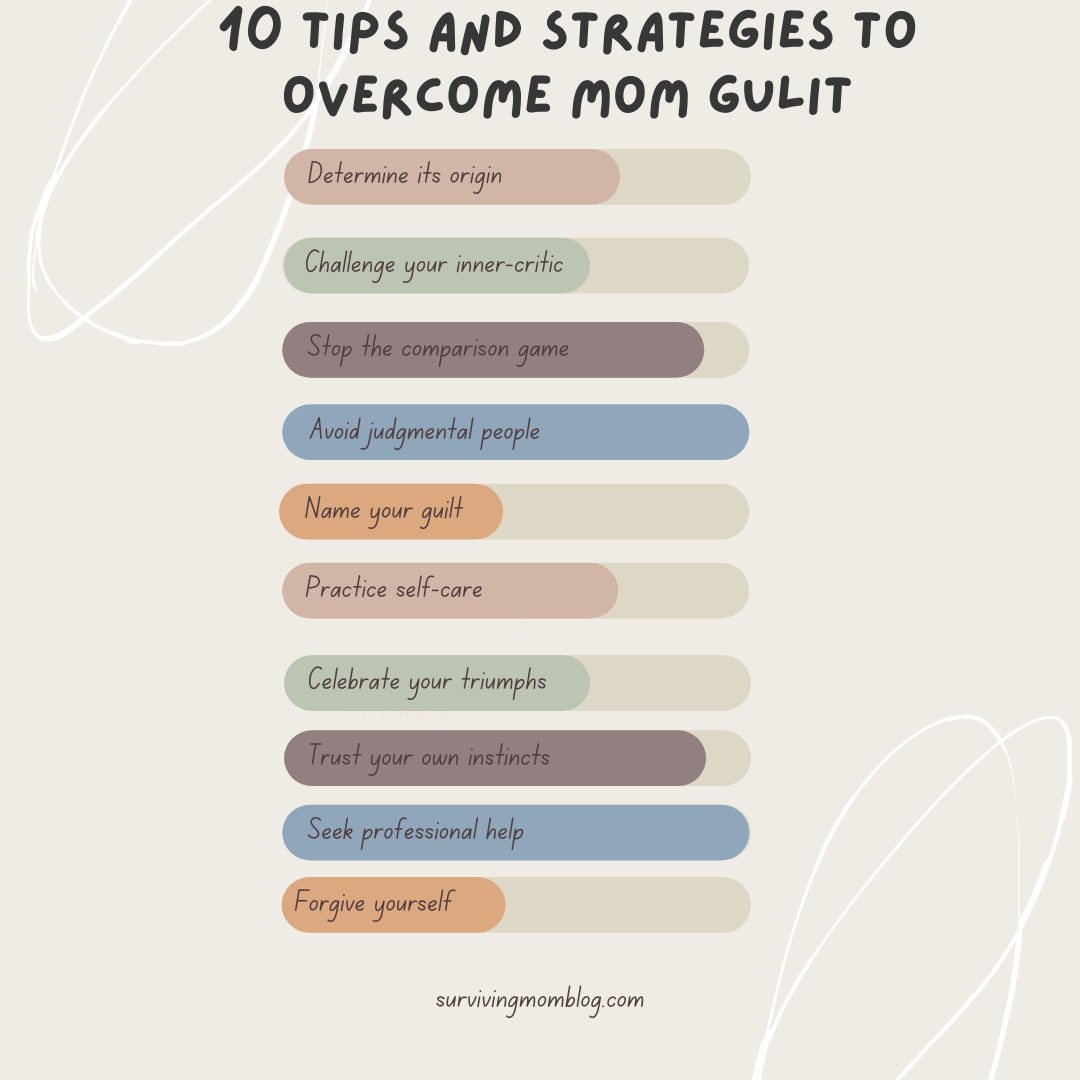
(3) Name your mom guilt
It can often be difficult to overcome the faulty beliefs and stories we tell ourselves. A way to put our inner critic in its proper place is to name it. Although it might seem silly, it makes it easier to combat that voice that tells you that you are failing as a mom and recognize its foolishness. (funlovingfamilies.com, 2021)
For example: “Samantha, stop telling me that I’m not good enough. You’re bothering me.”
(4) Forgive yourself
It is important to recognize that perfection is impossible and torturing yourself with guilt will not change anything. You will inevitably make mistakes, and by setting impossible standards, you will negatively affect your mental health and your relationship with your kids.
Forgive yourself for your mistakes and strive for a growth mentality. Remind yourself and your kids that being a human being means having flaws. None of us are perfect, but we can own up to our mistakes and do our best. This sets a good example for your kids to give themselves compassion and to not seek perfection.
(5) Stop the comparison game
We all have our own set our unique experiences and challenges. We never know what others are facing. Focus on being the best mom you can be instead of comparing yourself to others.
Take a break from social media if you feel that there is too much pressure. Also, do your own part in stopping comparison by supporting other moms, regardless of whether their parenting beliefs are different than yours.
(6) Avoid judgmental people
Surround yourself by those that will support you, regardless of their own personal choices. Additionally, distance yourself from those that criticize and judge you. Stand up for your choices and walk away from anyone that continues to insert their beliefs onto you.
(7) Trust your own instincts and do what is best for your own child
Despite the saying that it takes a village to raise a child, you are still the mom. You know what is in the best interest of your child. Don’t let other people influence your choices and trust your own instincts. There is not a one-size-fits-all way to parent, and every child is unique. What may work well for one child doesn’t have to be best for another. Do what is in the best interest of your child and recognize what areas can be improved based on each of your child’s needs.
(8) Practice self-care
A crucial part of overcoming mom guilt is to prioritize your mental wellness. Being the best version of yourself allows you to be the best mom (and person) you can be. Neglecting your self-care affects you emotionally and physically, which will impact your relationships with others. Taking care of yourself improves your relationships with your kids, and it also teaches them the importance of prioritizing their own well-being.
(9) Celebrate your triumphs
We are often so focused on the “should haves” “did nots” and “supposed tos” that we don’t take the time to applaud our achievements. It is crucial to recognize the positive things we do each day instead of harping on the negative ones. Mom guilt can be counterproductive because it sends a message to our children that our efforts are never enough. Practice being your own cheerleader in front of your kids and encourage them to do the same for themselves. It is important to work on ourselves and grow; however, recognizing things we can improve upon is not the same thing as being consumed with feelings of guilt and inadequacy.
(10) Seek professional help
If you find that your guilt is overwhelming despite your best efforts, please do not hesitate to contact a professional.
Takeaway: Managing Mom Guilt
Humans feel a range of emotions. Guilt is something that in small doses can motivate us and indicate areas that we can work upon. However, extreme amounts of mom guilt are not beneficial to us or our children. In times of stress and uncertainty, it is easy to look at ourselves and the list of things that we want to do better. However, life is filled with difficulties, and therefore our expectations must shift accordingly.
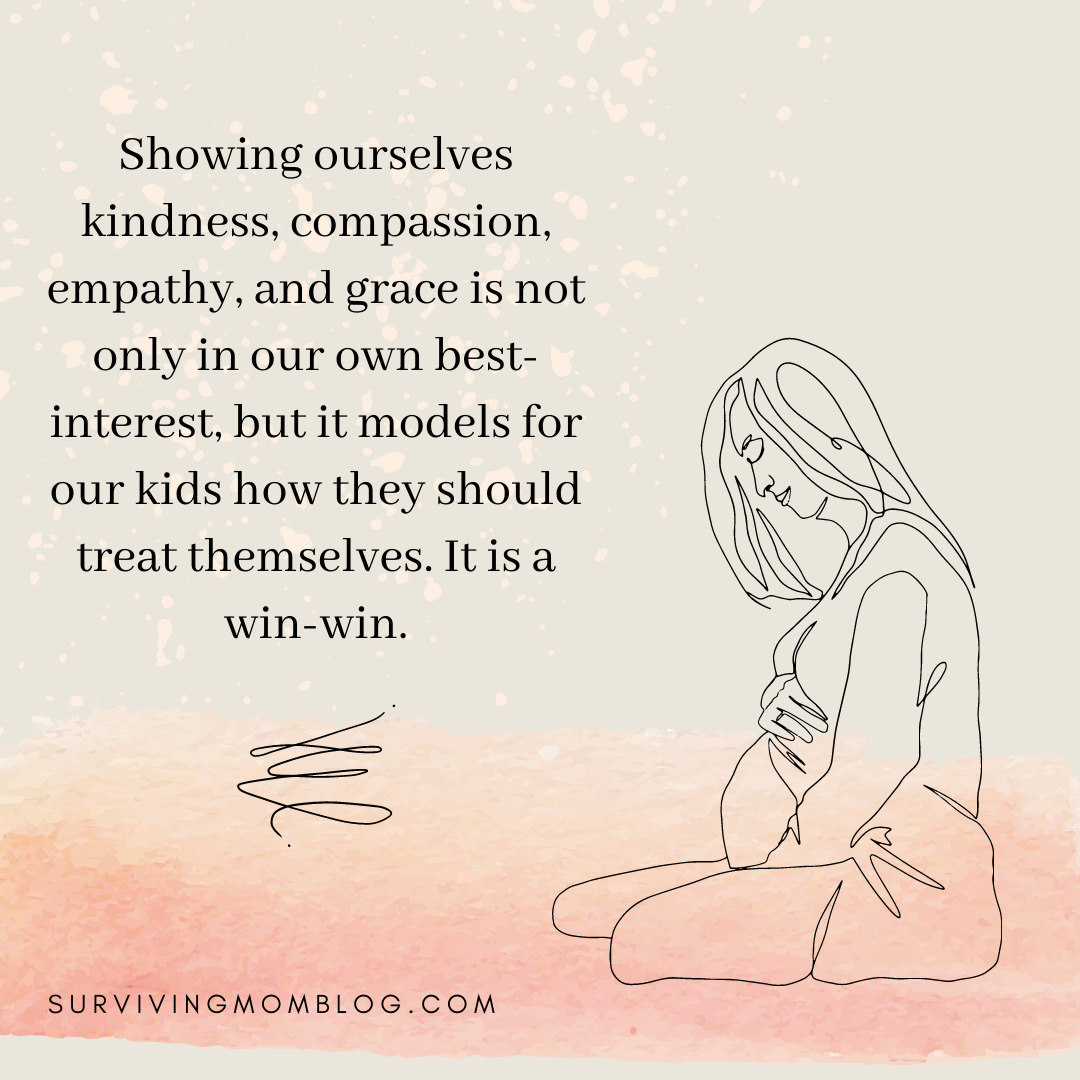
We love and want what is best for our children. Ironically, allowing ourselves to be consumed with guilt often interferes with our intentions to do right by our children. It also prevents us from savoring motherhood. Showing ourselves kindness, compassion, empathy, and grace is not only in our own best-interest, but it models for our kids how they should treat themselves. It is a win-win.
I hope this article helps you to overcome some of your mom guilt. You are capable, and you are doing the best you can. Trust yourself and know that motherhood is hard for all of us. Your unconditional love is what matters most to your kids. Enjoy motherhood instead of trying to perfect it.
